To be honest, I don’t think I experienced the Philippines in the most authentic way possible.
I made a sh!t ton of mistakes while planning this trip, and there are some things I regret and would have done differently had I known better.
But, mistakes are made to be learned from, and while we’re at it, it’s better when they’re someone else’s.
So let me be that ‘someone else’ and allow me to share with you all of my tips for having that perfect “trip to paradise” experience that all of your friends keep talking about.
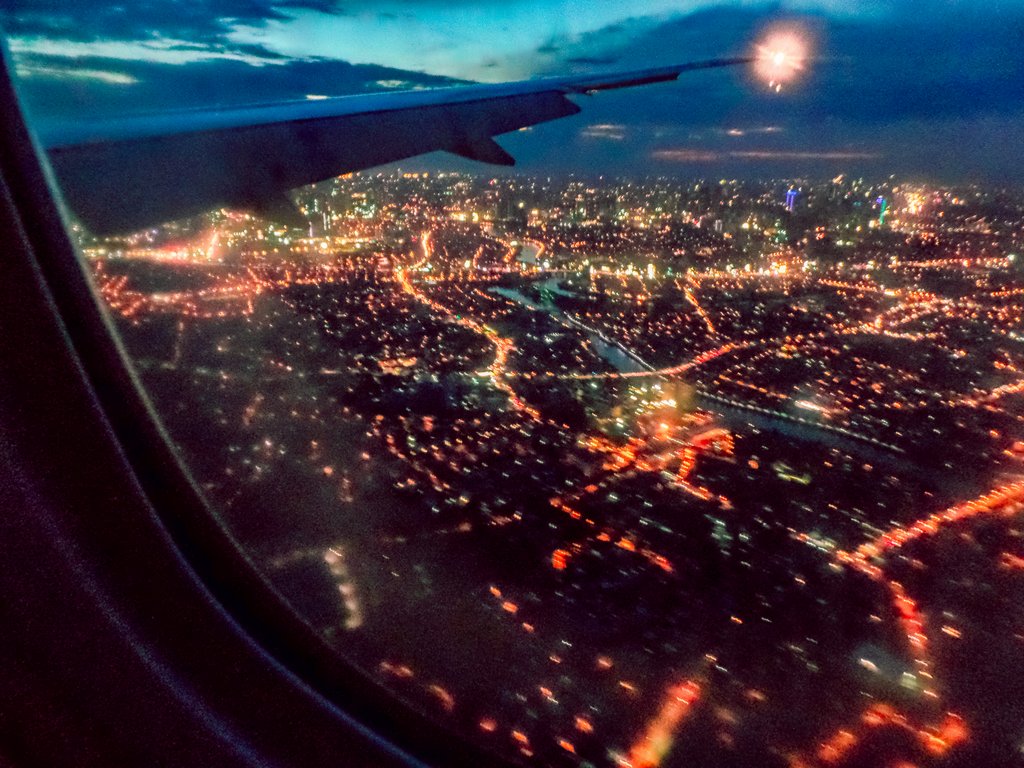
1. Health above all:
One of the first lessons that I’ve learned during this trip was that its success depends a lot on how you’re feeling health-wise. Honestly, I can’t remember another trip with this many health incidents; Ofer and I both experienced some stomach issues which subsequently led to dehydration, sunburns, mosquito bites,
as well as a stretched knee strap and a twisted ankle. I swear, it’s a miracle we’re still alive!
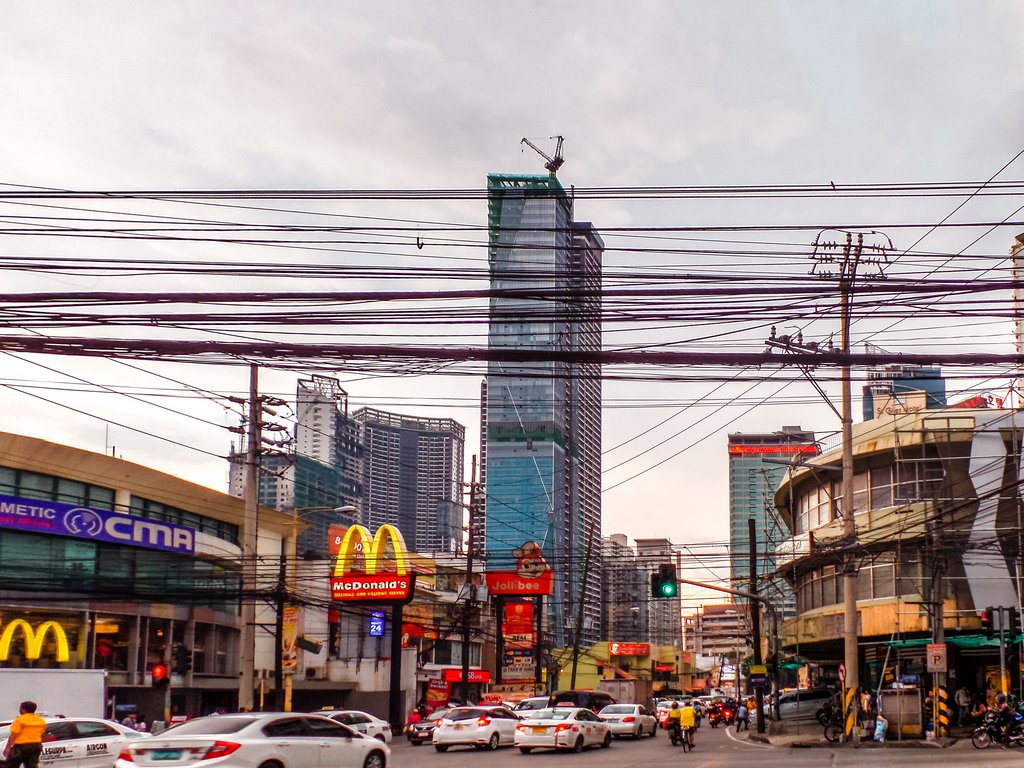
To be on the safe side, make sure to pack a first aid kit with you and to write down the address and phone number of a medical center (or a local doctor that you’ll be able to trust) on every island you plan on visiting (if not in every major city).
I know, it sounds like a bit much, but in reality, the fact that I had the address of a Hebrew-speaking doctor in Manila saved our vacation (well, at least the first week of it, if you want to be Petty Katie).
If we hadn’t paid a visit to the good doctor as we did, Ofer would’ve probably ended up in a hospital connected to an IV drip.
A tale of a wise Doctor –
Ever had the pleasure of visiting a backpacker’s clinic to get vaccinated for your upcoming exotic adventure, and while you were in there, the doctor kept warning you against things like eating local food that you’re not sure as to how it was made, drinking unbottled water, and generally breathing altogether?
Well, right before my trip, I came across one of those, and back then, I thought she was over exaggerating.
I thought she was probably a pinch bitter over the fact that she is stuck in her office while most of her patients are traveling away for vacation. Boy, was I wrong…
Apparently, even the most innocent-looking milkshake from a street vendor can be a potential health hazard.
A health hazard that wholly ruined for me the last week of my trip.
The water ( ice included) in the Philippines is not safe to drink, so it is more than recommended that you stick to sealed bottles. I know it’s not as tempting as a mango milkshake, but it might help to prevent complications further down the line.
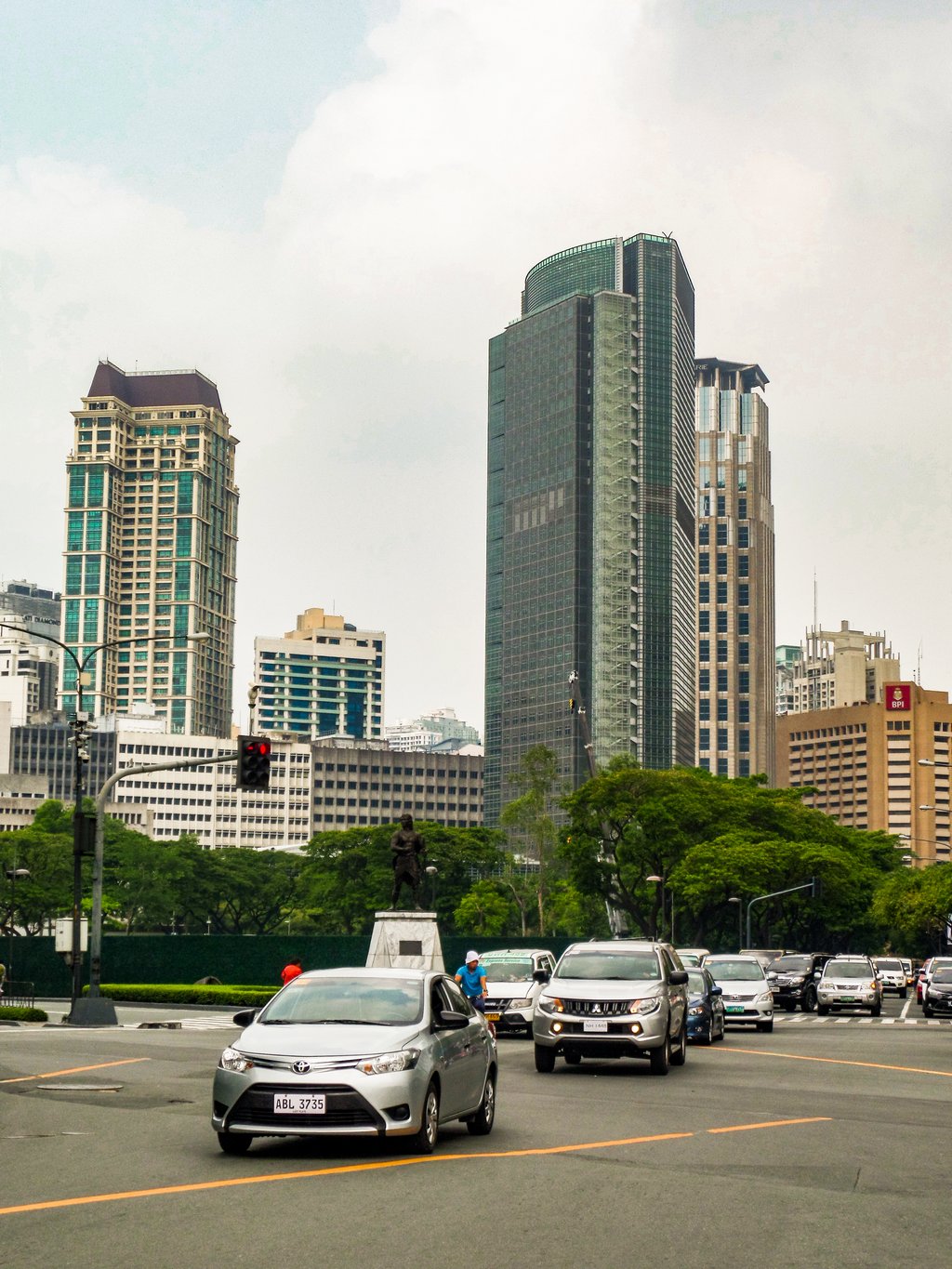
2. Safety:
Apart from the southern island of Mindanao, for which there is a travel warning due to terrorist organizations residing in the area, the Philippines is considered a pretty safe country.
Still, as with any other trip, it is advised that you use caution and common sense: be careful of pickpockets and tourist scams, avoid dark alleys and keep an eye on your drink when you go on a night out (applies to men as well).
An important tip we learned due to our own bad experience is to always check the location of the hotel/ Inn/ apartment we plan on staying in. Please make sure the area you intend to stay in is considered safe and that it’s not a makeshift red lights district, as this is exactly what happened to us.
Unfortunately, the sex industry is very prominent and flourishing in some parts of the Philippines, and it doesn’t skip the big cities: the first hotel we stayed at in Manila was surrounded by strip clubs, “massage” parlors, and escort institutions.
By all means, not a pleasant situation, and I’m pretty sure I wouldn’t have felt safe walking around the neighborhood had I stayed there by myself.
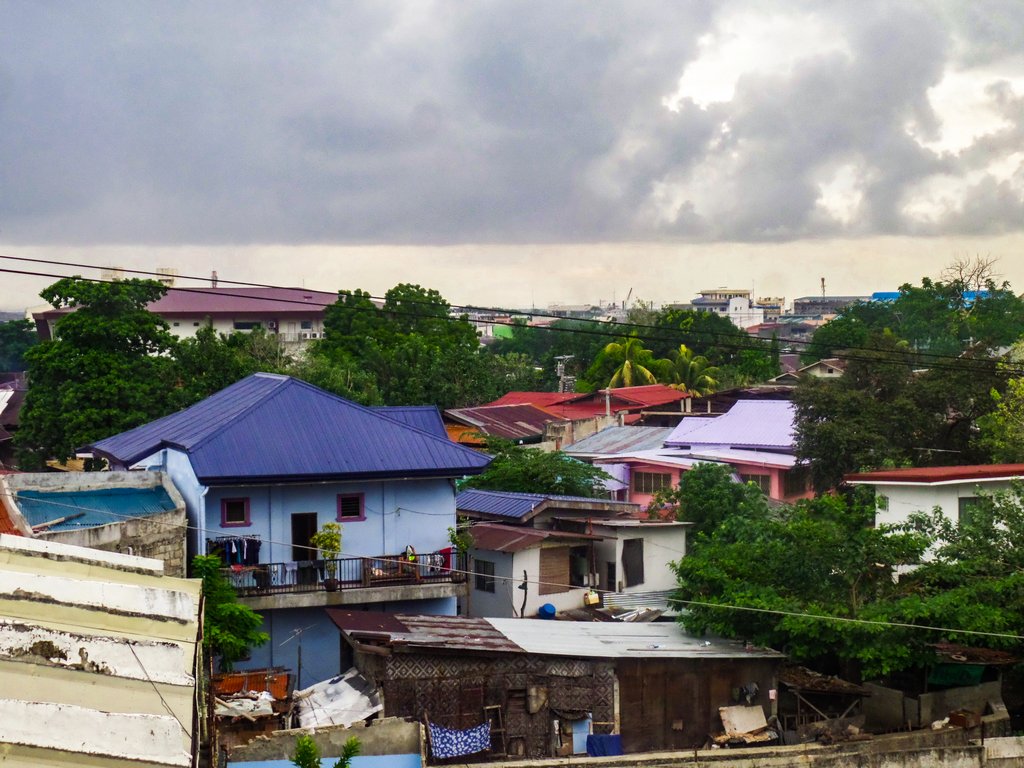
3. Location, Location, Location!:
The Philippines attract a hefty amount of tourists every year, especially during the high season (May through January). Therefore, if you’re looking for quiet secluded beaches, that look like they were taken out of a postcard, you’re not going to find them amongst the areas already popular with the crowds.
An excellent example of that is the resort town of El-Nido, which is located in the northern part of Palawan Island and serves as the starting point to an array of island hopping tours.
It’s a lovely little gem, but, and it’s a big “but”, these tours (and the town itself) are packed with tourists.
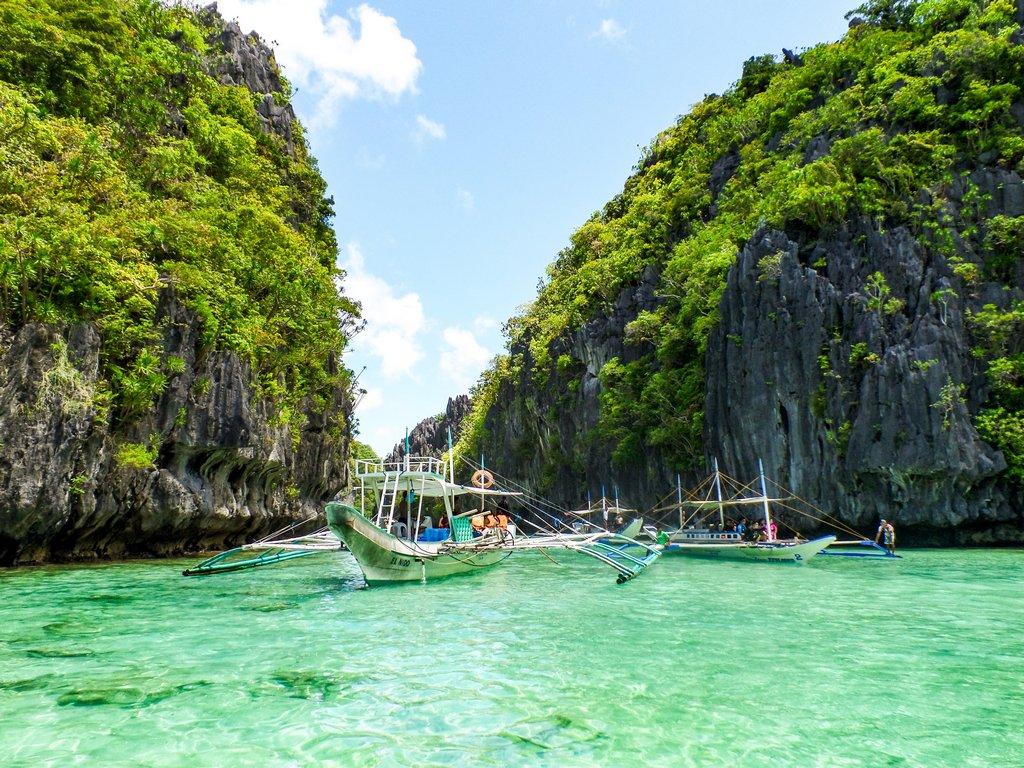
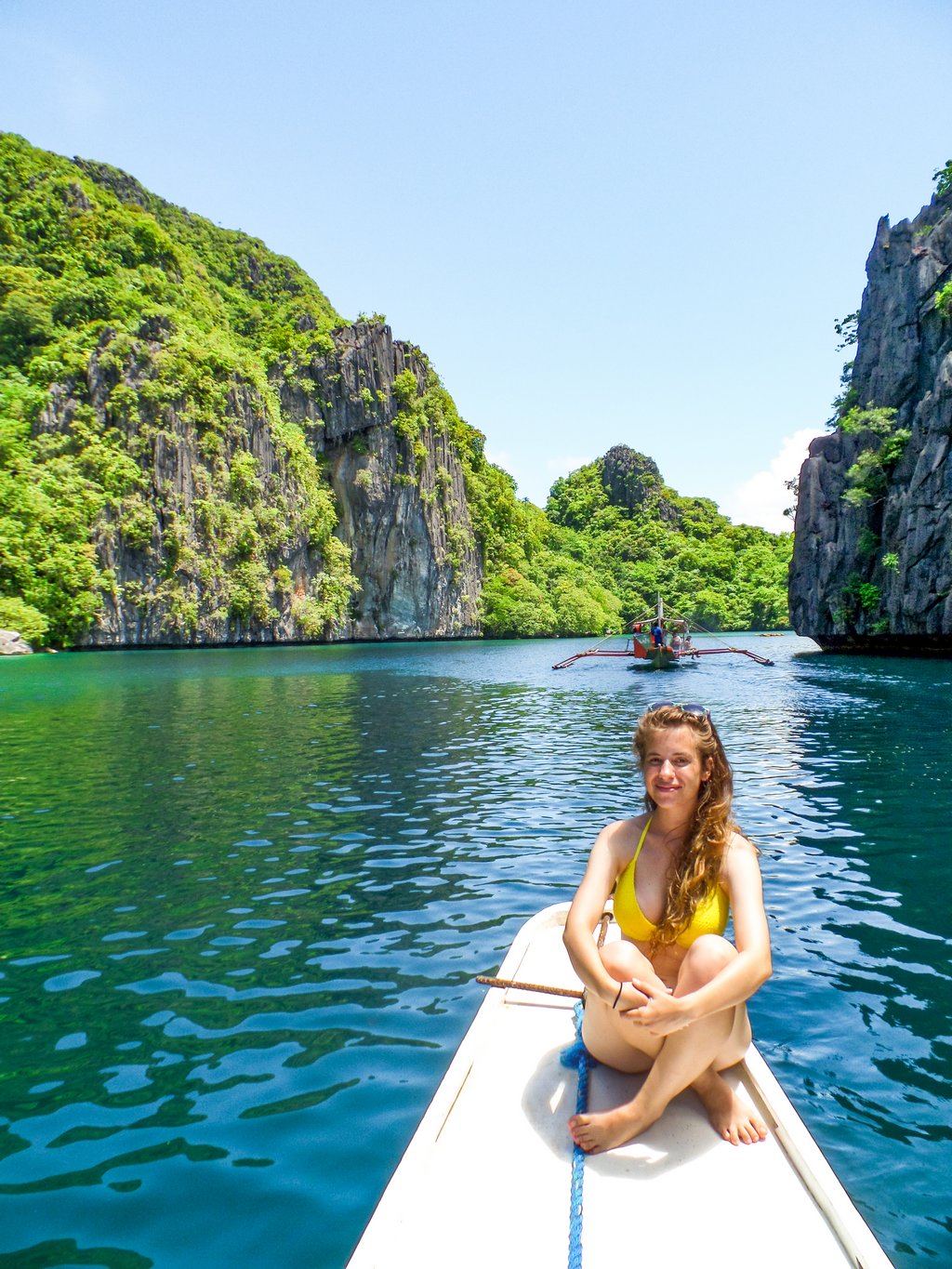
To find your own little strip of heaven, you’ll have to look for places that haven’t made it yet into the average tourist’s bucket list or book yourself a room in a luxury resort with its own private beach.
Obviously, there is nothing wrong with traveling to heavily toured locations, as long as you know that they’re precisely that and manage your expectations accordingly.
Paris, for instance, is one of the most popular cities in the world to travel to, and yet I still find it to be magical.
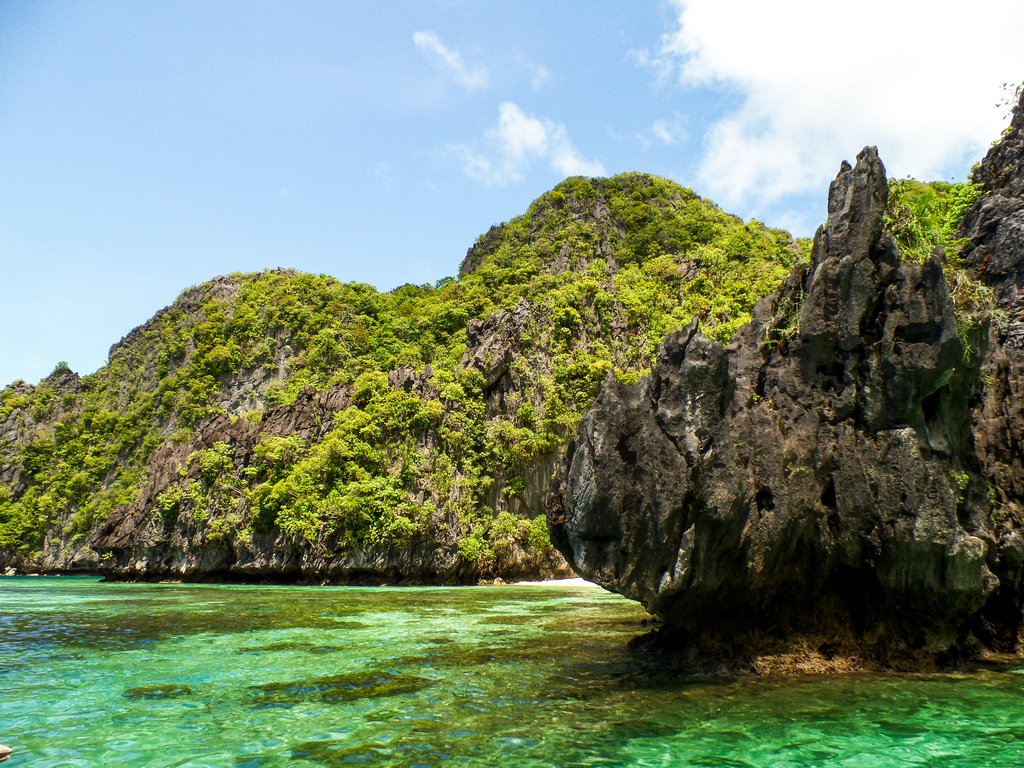
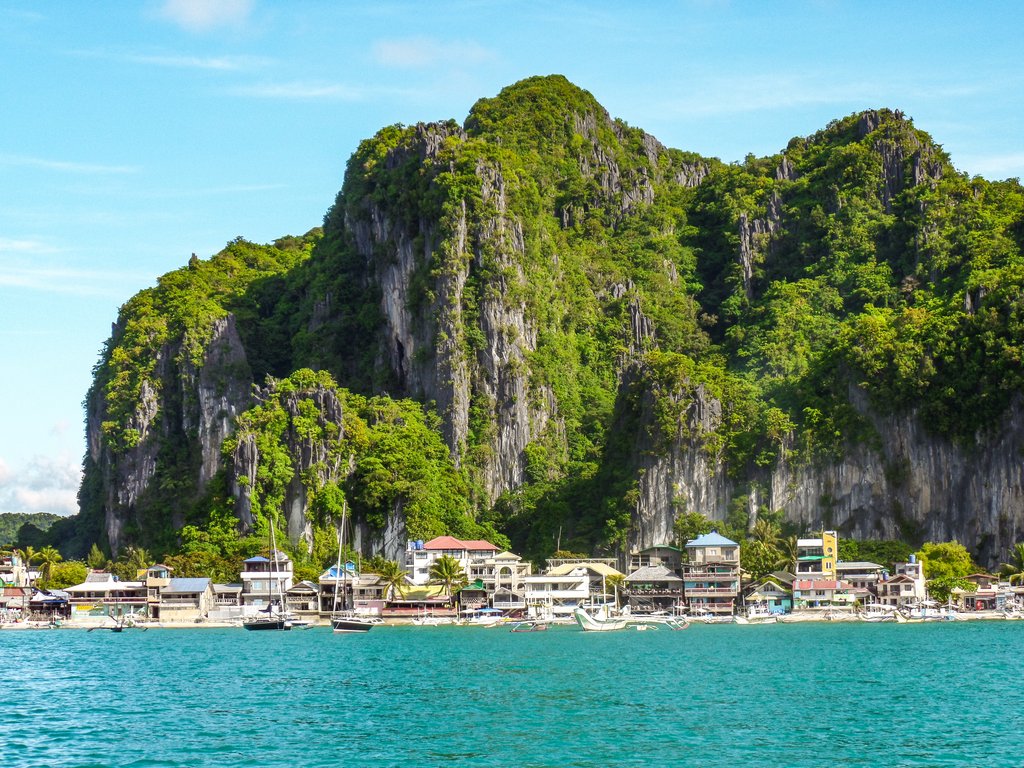
4. Public transportation, not quite what you expected:
After landing in Manila, our first destination of the trip was the Rice terraces of Banaue,
in the north of the country.
Most tourists traveling from Manila to the area do so via bus ride that takes between 8 to 11 hours (the way there is shorter than the way back). We opted for the night bus to save some time and expenses on a hotel for the night. Unfortunately, what we couldn’t have known was that the mere thought of being able to sleep throughout this ride was dead wrong.
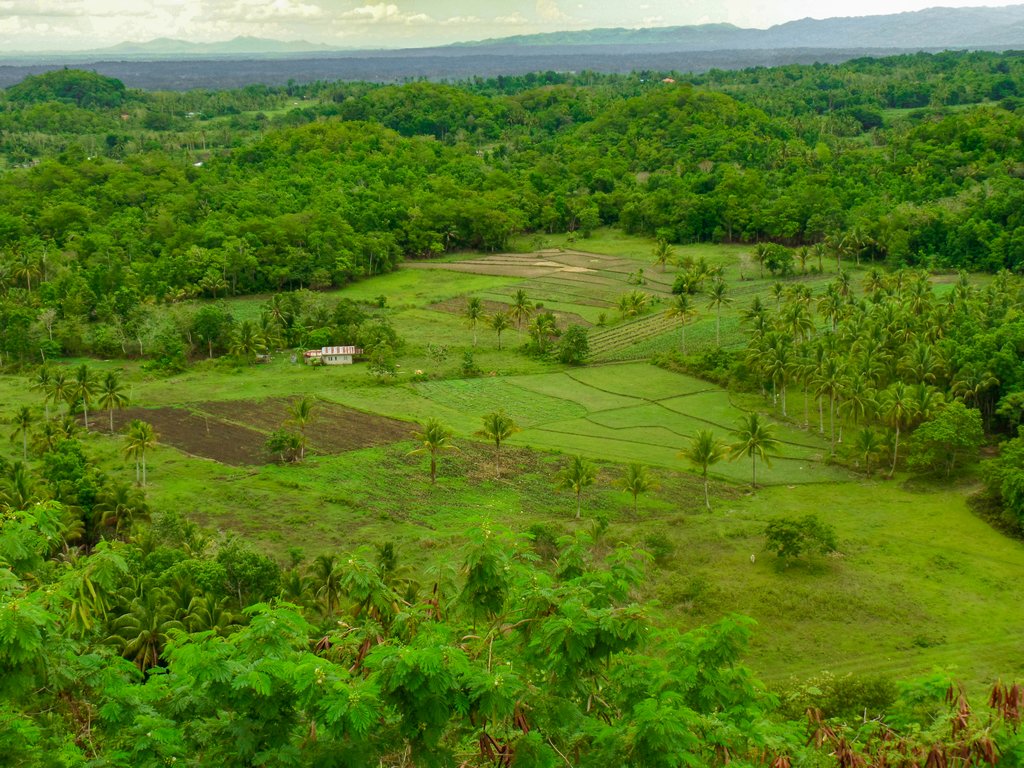
The roads around the rural areas of the Philippines are far from smooth, and the bus seats are not exactly the comfortable ones we know from home.
As someone who usually has no problem taking a nap on a bus ride here at home, I can safely say that if you don’t possess the unique talent of falling asleep no matter what surface you are on or what happens around you, you are most likely not getting much sleep on this one.
Also, I strongly recommend taking a bathroom break before you board the bus.
There is nothing worse than having to go a minute after the bus took off or having the bus driver stop the bus especially for you (believe me, I would know, I’ve been there).
Other popular means of transportation are the Jeepney – a world war two era American Jeep that was converted into a public vehicle resembling a minibus taxi; and the Tricycle- a motorcycle of a sort, with a sidecar for passengers attached to it, that serves as a cheap alternative to a taxi.
Both vehicles run primarily on sheer willpower, and riding them is an experience for better or worse.

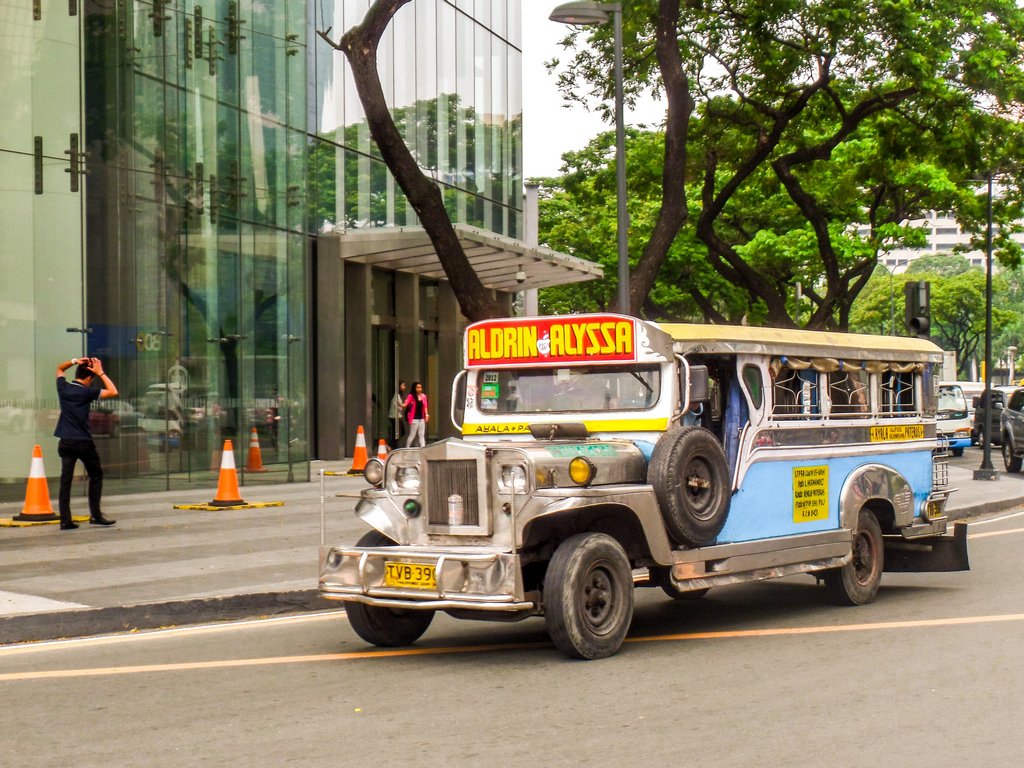
On the other hand, taxis are the least popular form of transportation amongst travelers, and for a good reason as they tend to be significantly more expensive than other available options.
Pro tip: If you plan on taking a taxi from the airport to your hotel, it’s recommended to use the airport’s official taxis (yellow ones). The wait may be longer (we waited close to an hour), but the chances for you to pay more than you should have are significantly lower.
Traveling back and forth between the islands themselves is done by ferry or by plane.
Even though it’s more expensive, we usually opted for flying since it’s faster and more convenient.
That being said, you should know that the flights tend to get delayed, so there is no actual guarantee as to how much time you’ll actually save.
The bottom line is: if you want to save money- stick to the transportation options the locals are using but don’t expect them to work as efficiently or be as comfortable as the ones you know from your home country.
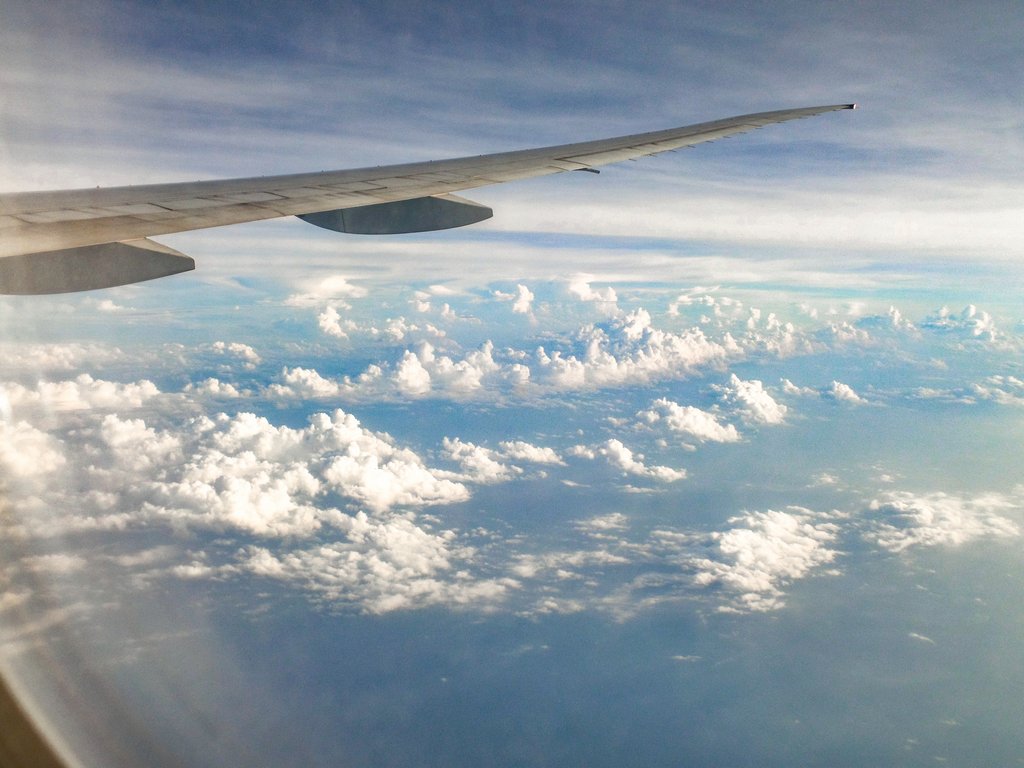
5. Patience and understanding are virtues:
In many aspects, the Philippines is still a developing country. You can see this aspect present in most of the country’s infrastructures: public transportation, water, electricity, internet, or even the local bureaucracy.
So, unless your stay in the country is exclusive to five-star luxury resorts and no contact with the local population, you will most likely encounter this aspect in one way or another.
Things will go wrong: you might not always have electricity, you may not always manage to book a flight through the internet or even by phone, your laundry will return wet from the local cleaning services because it was raining, you will be charged extra fees just because you are a tourist and it’s going to be frustrating as hell.
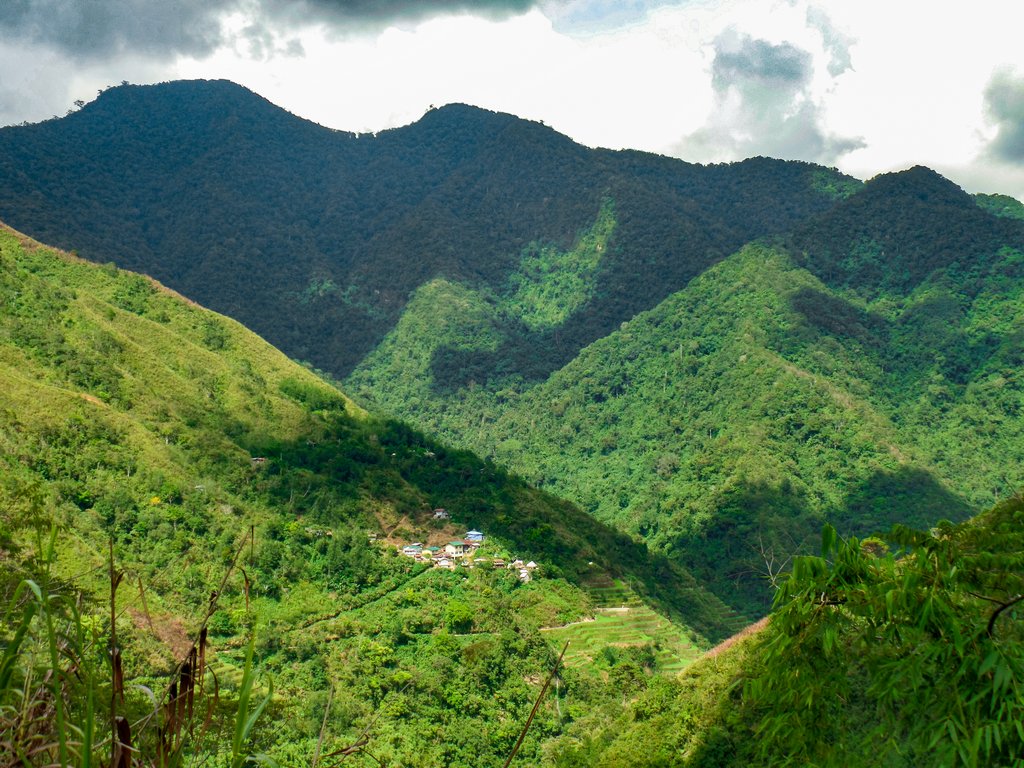
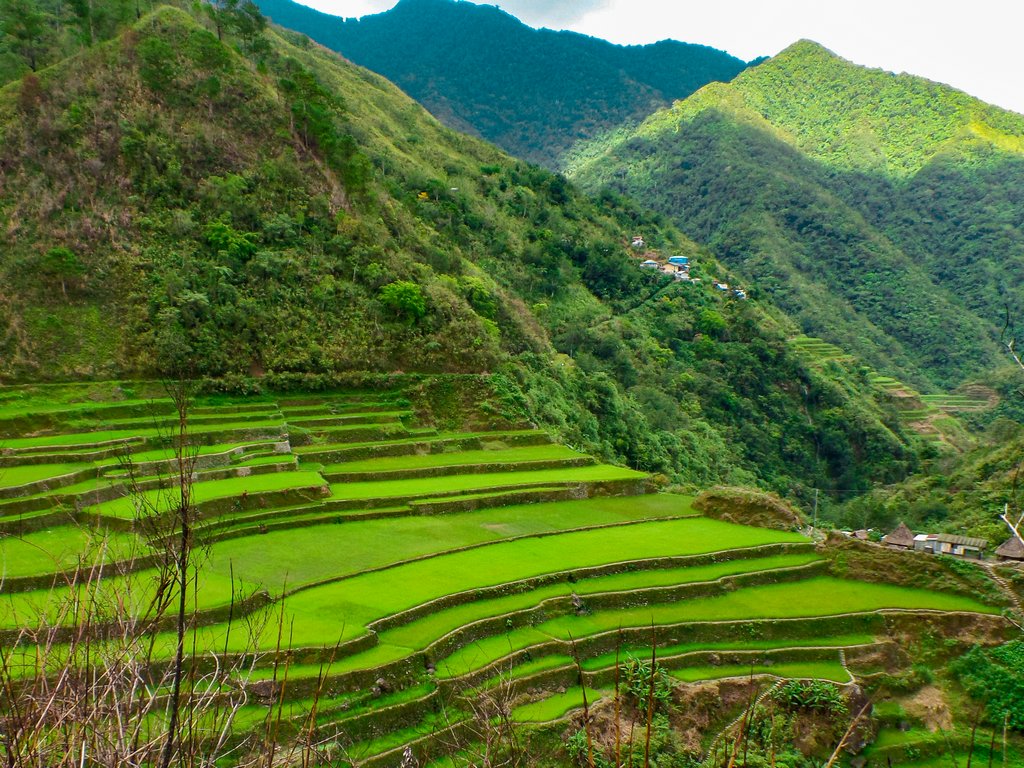
All I have to say to you is this: go with the flow. Being angry and frustrated will not make your trip any better, and the faster you’ll accept this and the fact that things work differently around here, the faster your trip will become more peaceful and enjoyable.
Things that are trivial at home may not be as trivial in the Philippines, and cultural differences are a real thing that takes getting used to.
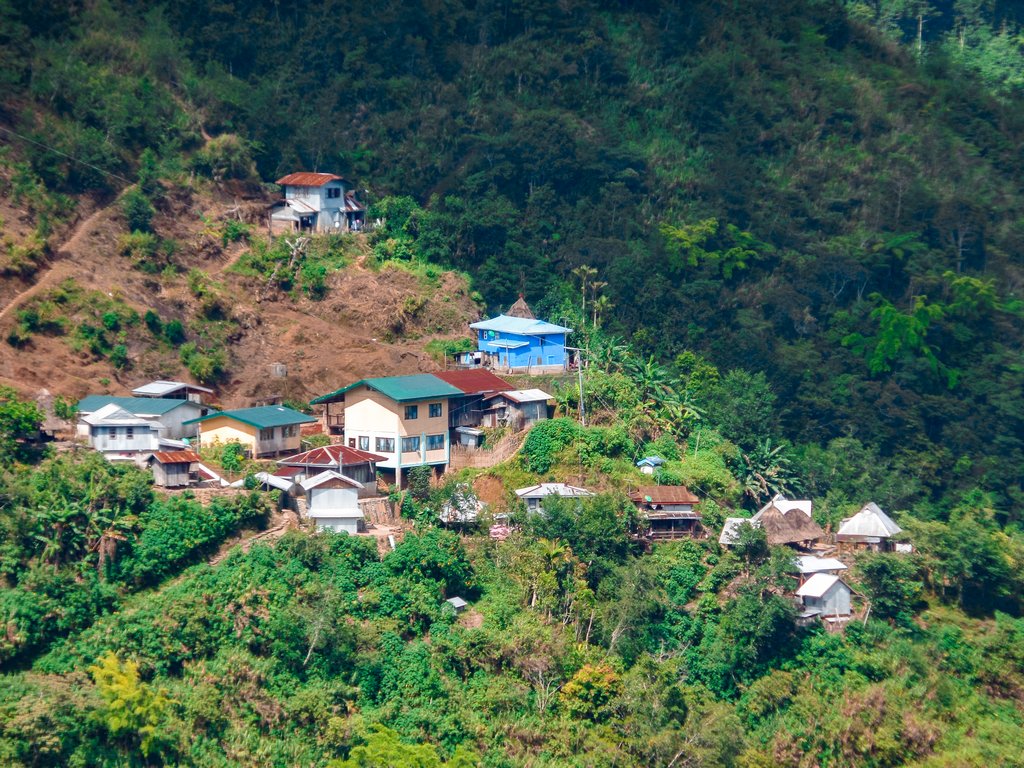
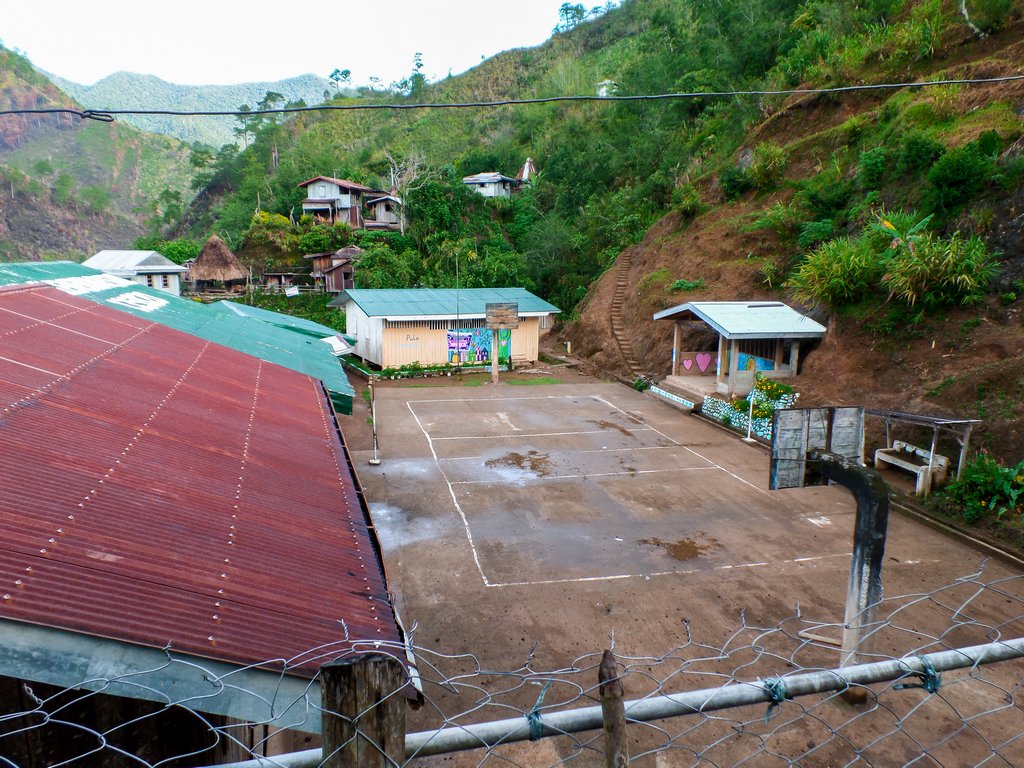
On the other side of that stands the warmest hospitality one can ask for, values of love and kinship stronger than in any other country around the world that I’ve been to, and some truly wonderful people.
At some point, we were staying in a poor village, so poor that our dinner consisted of rice with stir-fried cucumbers, and our shower was a hose in a small plastic tub inside of a makeshift sauna. But you know what?
I have no doubt we received the best that these people had to offer, and at the end of a long day of walking, I felt Iike the luckiest girl alive. Showering with a hose? Amazing! Another memory for the books! Nothing but rice for dinner? At least it’s not a granola bar. Again.
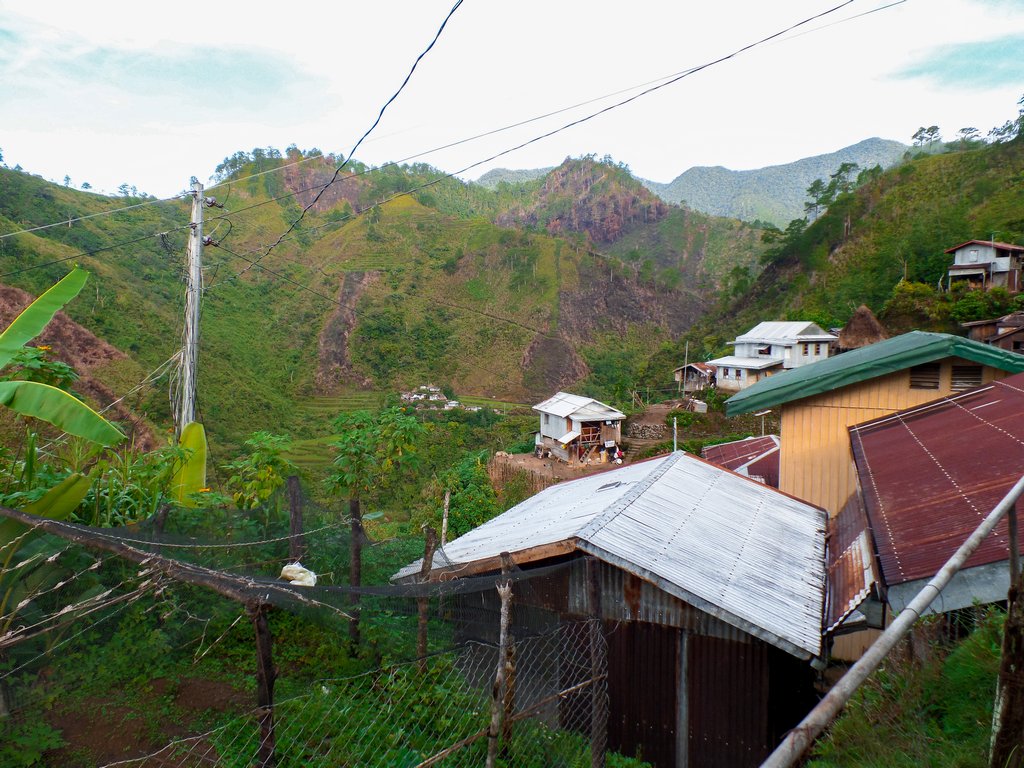
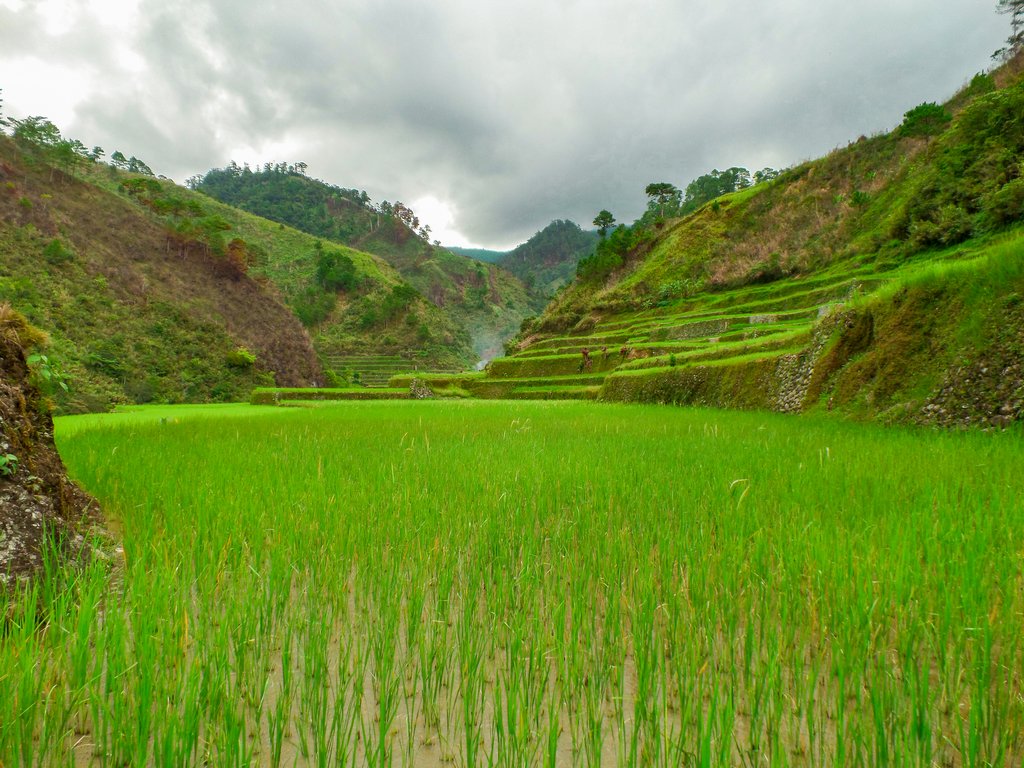
6. When they tell you that you can’t navigate somewhere on your own, they mean it:
Eventually, after a long bus ride, we finally arrived at our destination in the north.
The moment we got off the bus, we got surrounded by some ten tour guides offering us their navigation services. But I, a girl who has never navigated anywhere up to this day, decided that there is no time like the present, and in fact, this is the time and place to learn and navigate for two days through semi-tropical jungles and rice terraces, all of this, mind you, based on a backpacking story I found on “LaMetayel”- an Israeli site for travelers. *🤦♀️*. The tour guides tried to warn us that we’d get lost, but we decided ( and by that, I mean me myself and I ) that we will be just fine.
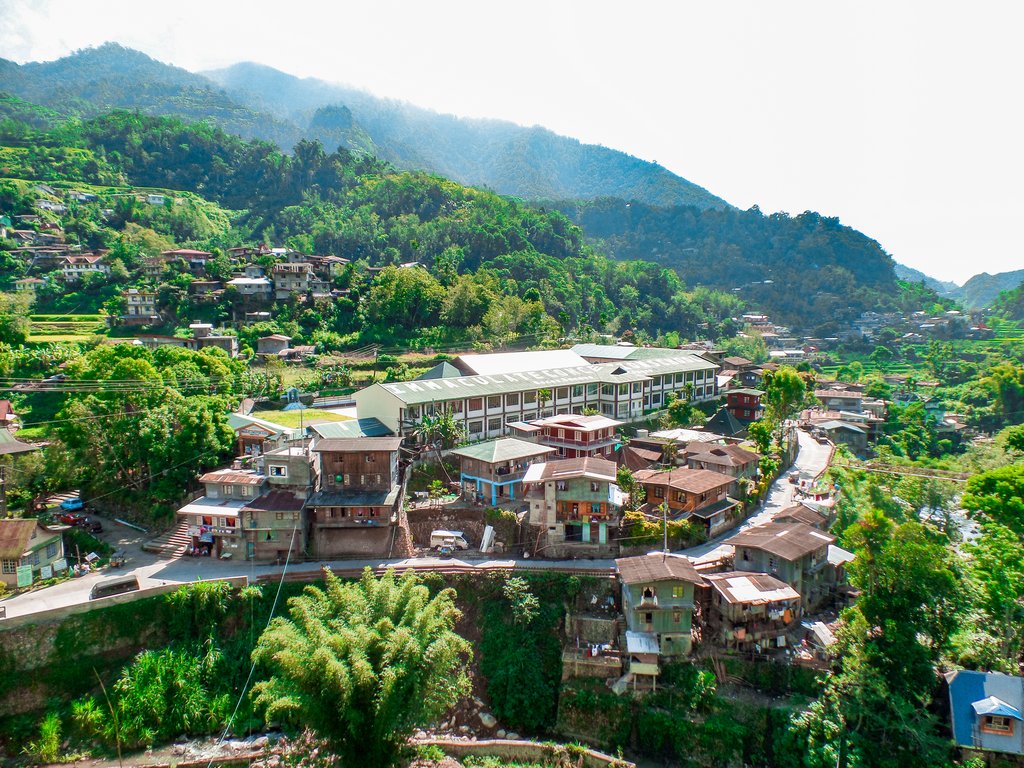
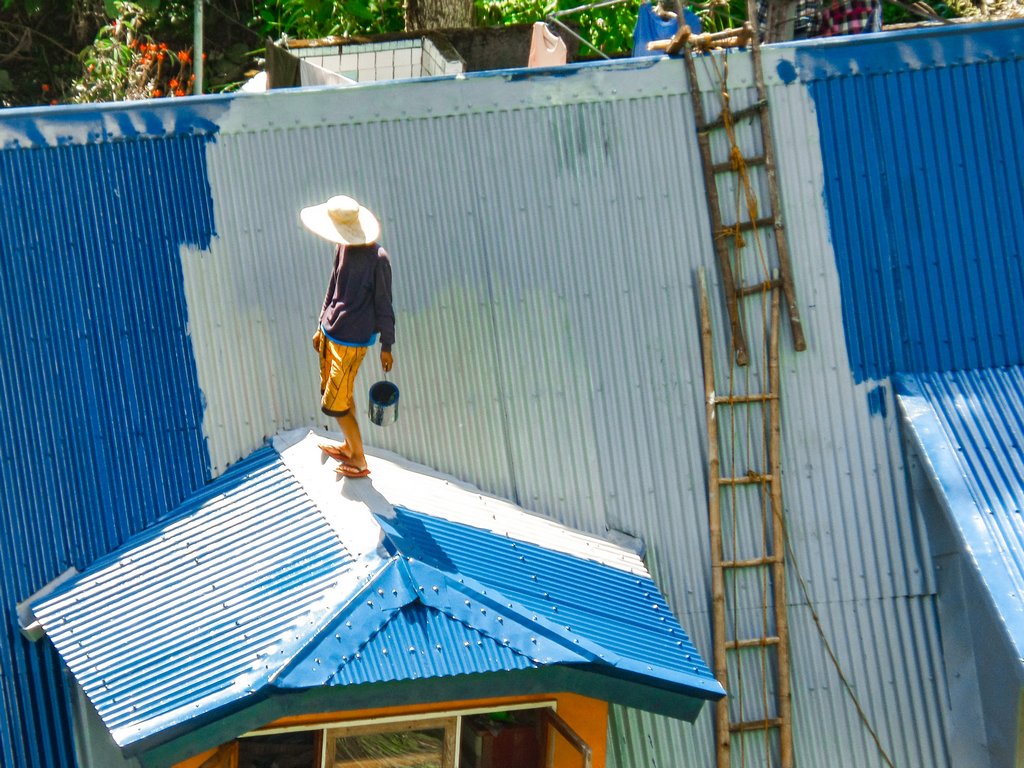
And so, the first day went down pretty smoothly. We made it to our destination with a stretched knee strap, and we almost missed an important turn, but we made it.
The second day though? That was an entirely different story. We received instructions for our next destination and went on our way. Ten minutes later, we arrived at what looked like the end of the rice terrace we were walking on. We couldn’t figure out how to proceed, so we decided to return to the village, ensure we had the instructions right, and then follow them one more time.
Frustratingly enough, the only thing we managed to do was reach that same dead end.
Defeated, we returned to the village, realizing that we couldn’t navigate on our own and that we better hire a local guide to lead our way if we wanted to make it to our destination.
Minutes later, we were following two local boys that were gracefully skipping between the narrow terraces in their flip flops while we were struggling to keep up and maintain balance in our branded sneakers.
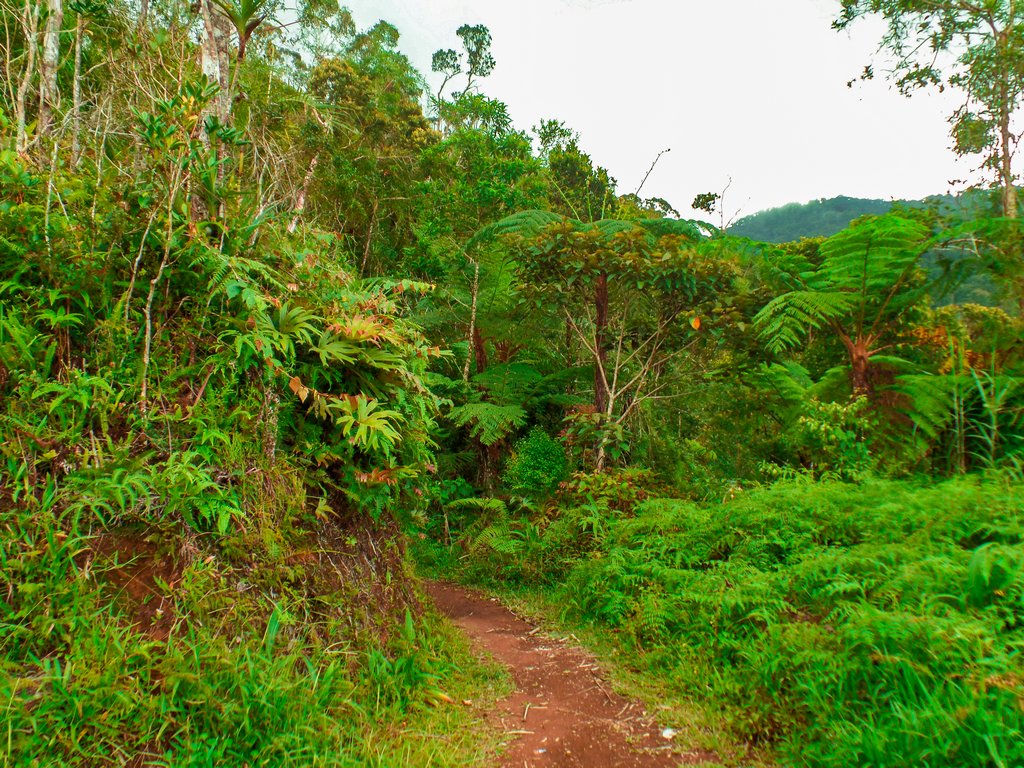


To make a long story short- I am lucky enough to write these lines thanks to those boys. Not only was the track significantly more challenging than I thought it would be, but it became slippery and dangerous as well due to sudden pouring. Fortunately, the boys seemed unfazed by this development and continued to lead our way to the promised land.
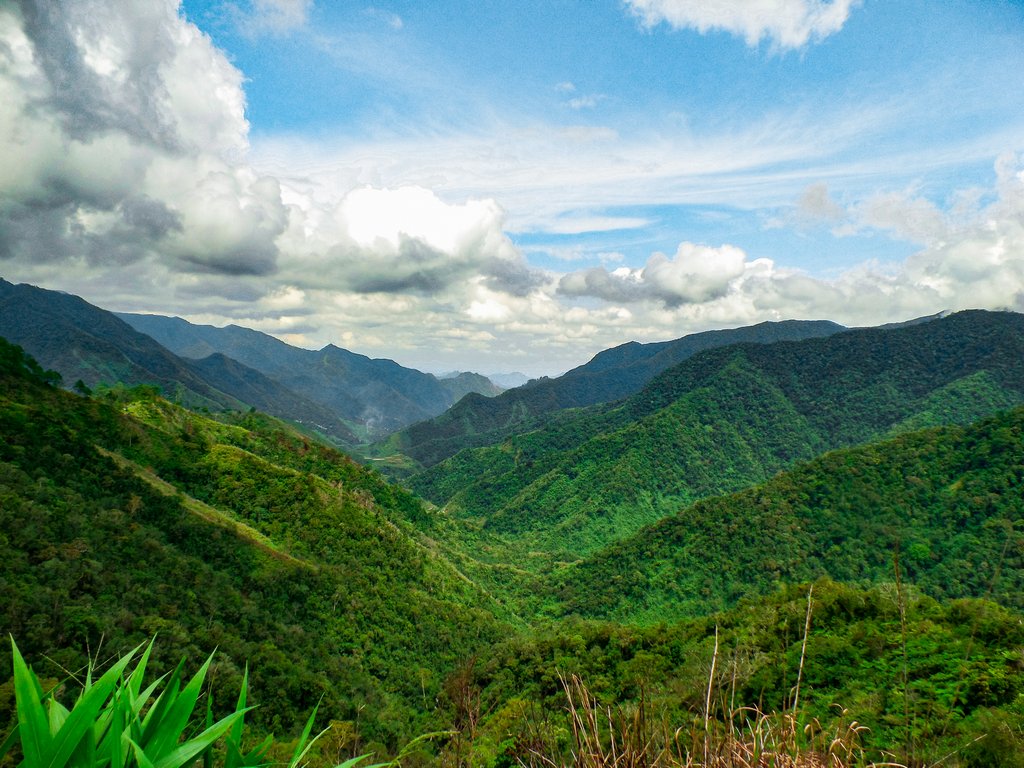
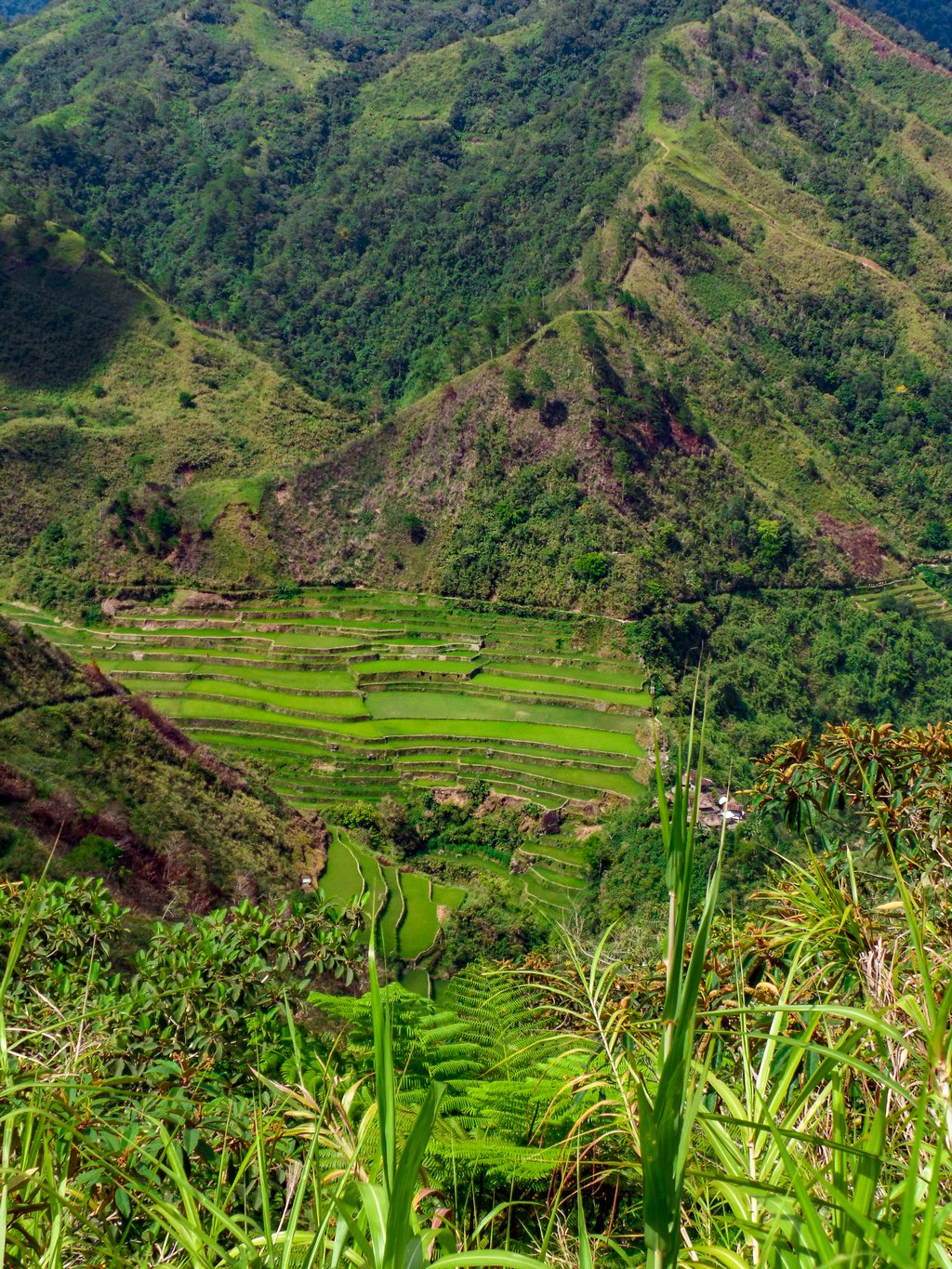
Do yourselves a favor, and don’t be stubborn like me- hire a local guide that is familiar with the trail and knows what to expect from it.
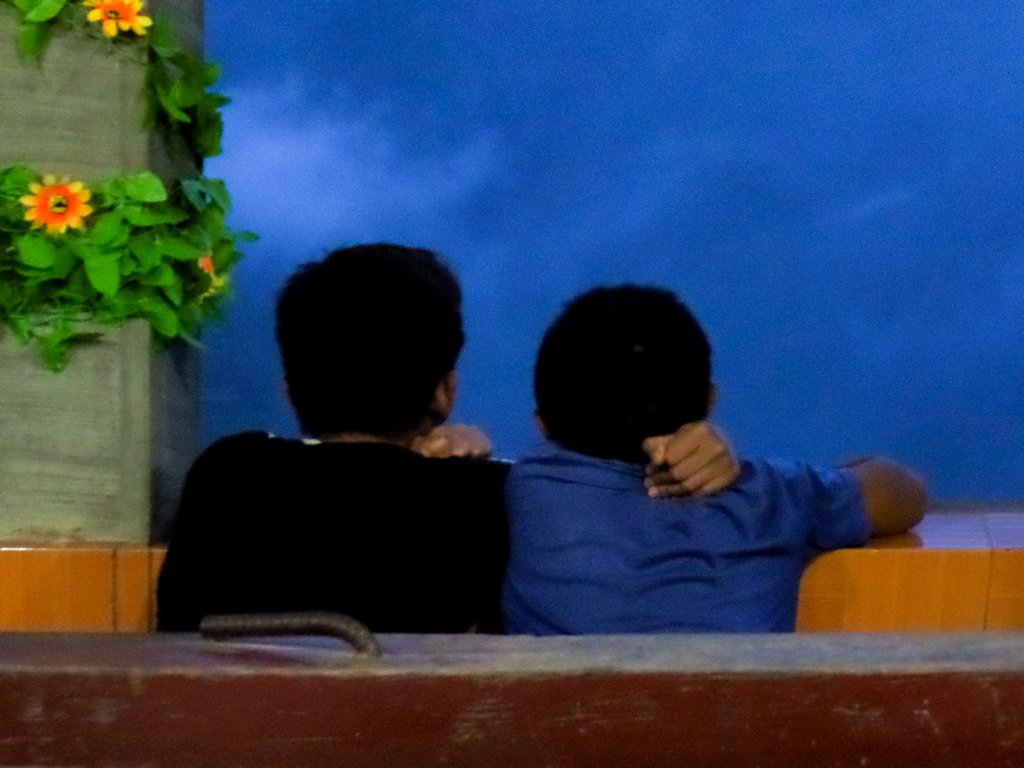
7. It’s not just a drizzle:
The pouring that took us by surprise in the middle of our track that I mentioned above?
That was no ordinary rain. The best metaphor that I can come up with is a faucet that was suddenly turned on and was left that way. We were wet to the bone within minutes, and while it’s true that up to that point I really wanted to take a shower, that’s not what I had in mind.
Be careful what you wish for, ’cause you just might get it!
Truth be told, the real problem wasn’t even my wet clothes, but rather my bag and all of its unprotected contents (including my change of clothes and my passport) that got wet as well.
Luckily for me, my passport had a cover on it, so the damage amounted to it being moist.
To avoid wet situations like the one we got ourselves into, I recommend checking in with the weather forecast and leaving any unnecessary items to be taken to your final checkpoint. Another option is leaving said items at a spot that you’ll return to at the end of your track.
The things you do end up taking with you, you should wrap in protective waterproof material.
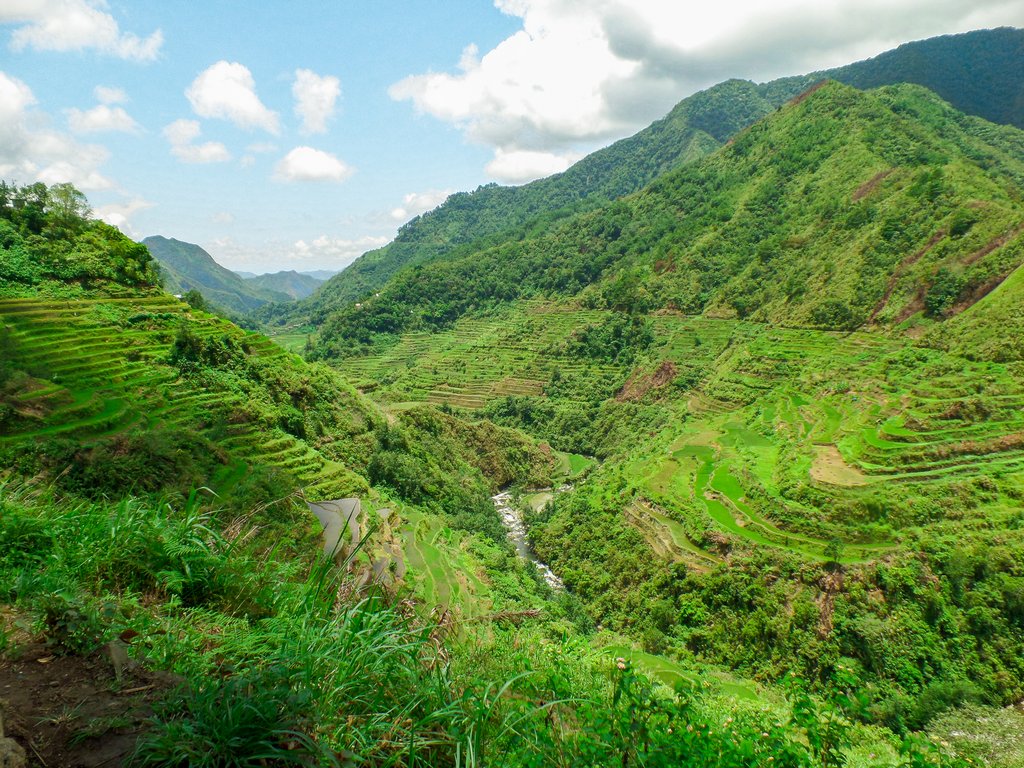

8. Be like Pocahontas and follow your heart:
As I mentioned, thanks to our excellent guides, we finally made it to our destination: the village of Batad.
Ahead of us, we could see the rice terraces spreading into a vast green amphitheater that stole our breath
(or what’s left of it) away.
We couldn’t be happier… right up to the moment we realized we had only one evening to spend there.
We had a scuba diving course planned for the following week and one more island to check out before that-
we were traveling on a tight schedule. The afternoon ride we were counting on to get us to our final destination got canceled, so we left first thing in the morning after our arrival.
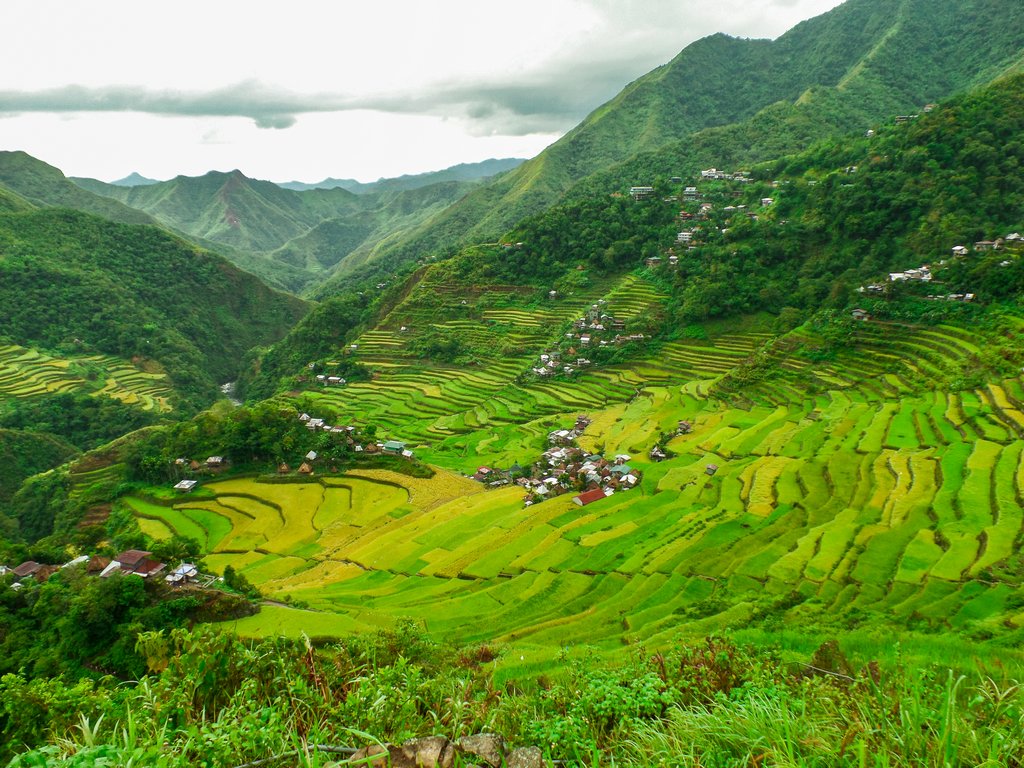
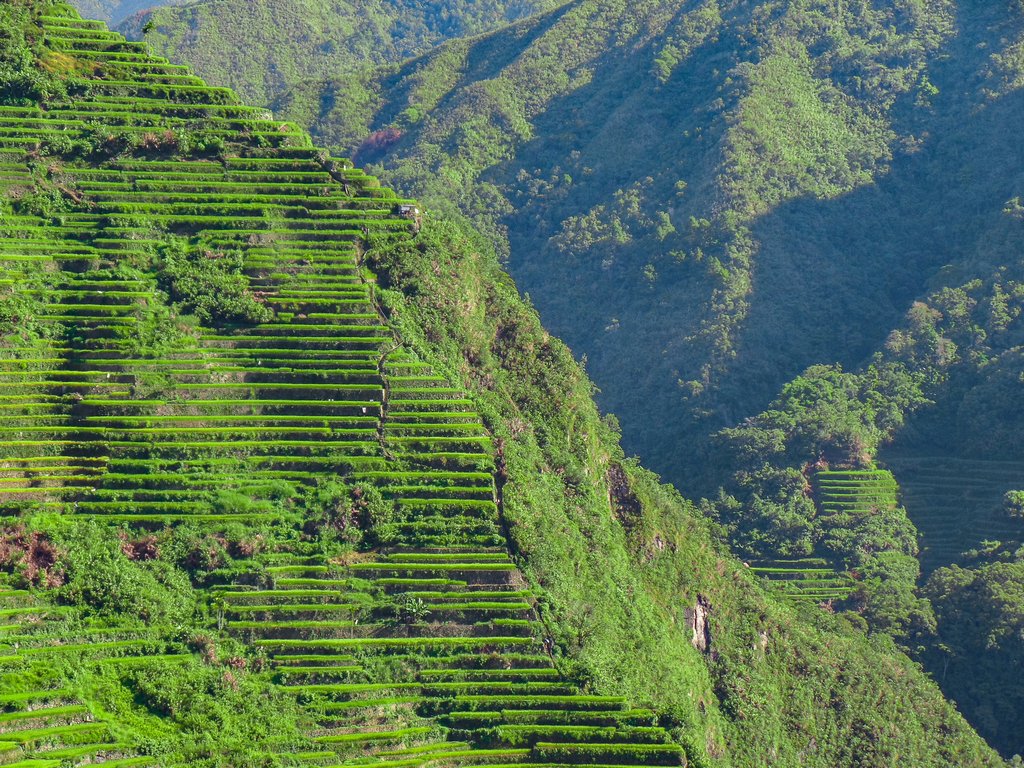
If there’s anything I want you to take from my experience, it’s this: be flexible.
If you’re having a great time somewhere, stay there and enjoy it to the fullest. Don’t rush things so that you could do everything on your bucket list. Of course, this also applies the other way around- don’t stay in a place, whether it’s an accommodation or a destination, if you don’t like it.
We had more than a few instances when we wanted to stay somewhere throughout this trip. Still, instead of doing so, we moved on to the next destination due to fear of missing out on the next best thing, only to find out that it’s not as exciting or altogether a waste of time. This fear may prevent you from enjoying the present moment to the fullest, and although it might sound like something out of a fortune cookie, it is true and definitely not how I want to enjoy my future vacations.
Follow your heart, seek out experiences and adventures, stick with people you meet along the way that make you feel good. At the end of the day, those are the things you’ll remember from your trip and not the endless list of things you’ve managed to scratch off your bucket list.
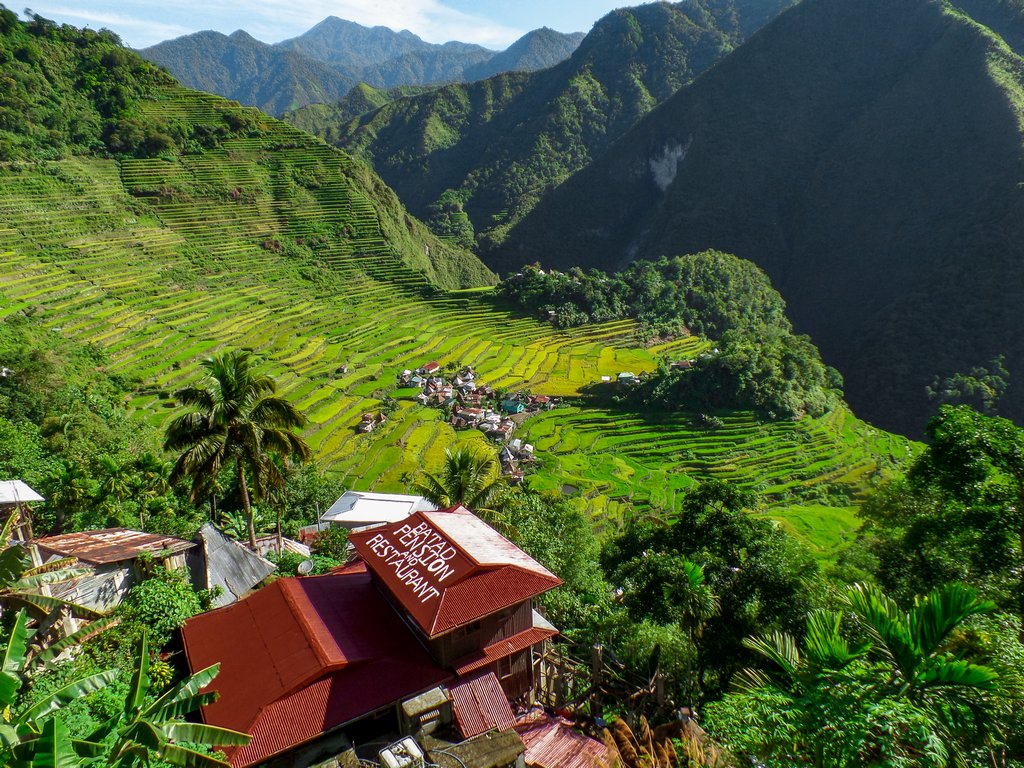
9. Know thyself:
I wish I was kidding, but it took me a whole month of traveling a faraway country to realize I was not cut out for the chill, sunbathing type of vacation. I need action, changing scenery, and trails at the end of which a satisfying sense of achievement is awaiting.
I can spend one day at the beach, maybe two if I have a good book with me. Any more than that, and I get bored and start losing my mind.
Try to understand what’s your vibe and plan your trip accordingly. If you’re not sure, implement the section above.
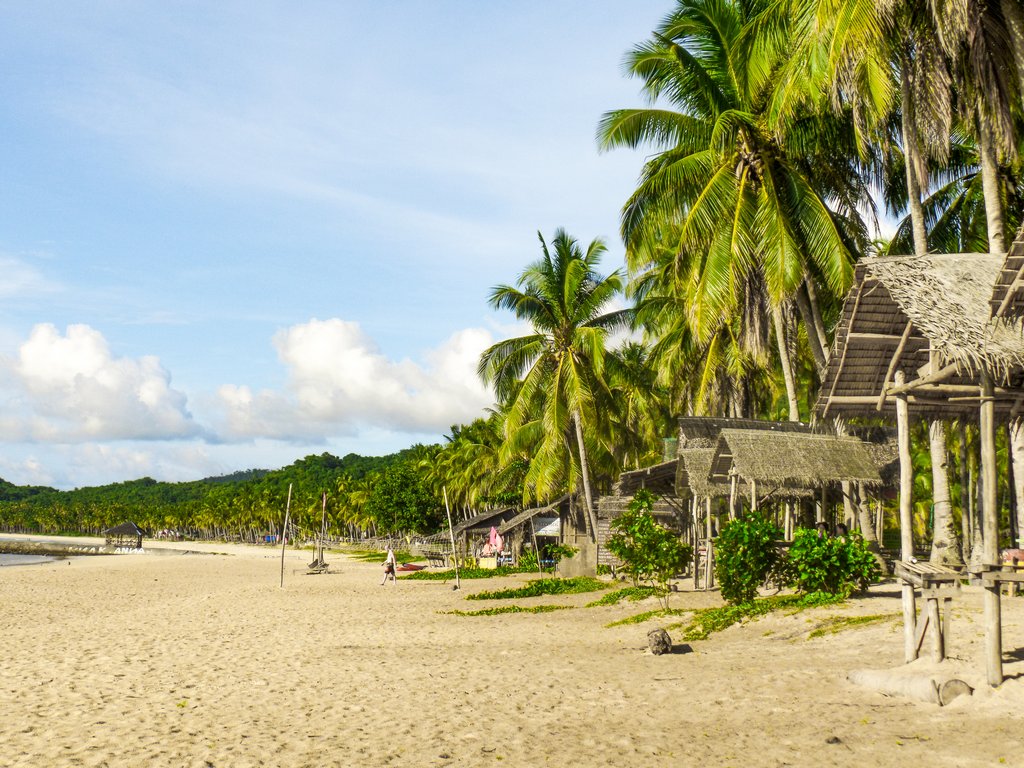
10. Scuba diving and everything in between:
We took our scuba diving course in the Philippines, which turned out to be a genuinely unique experience
(see link below). Our instructor was a pro, and we had a lovely bonding experience with the rest of the dive students that took the course with us. Another plus is that it was cheaper than taking it at home.
Having that said, it also took away a whole week off of our trip, which is a considerable chunk of time out of a month-long trip if you don’t have a flexible flight ticket. Therefore, it might be a wiser choice to take the course in your home country and arrive in the Philippines when you’re already ready to dive in 😉.
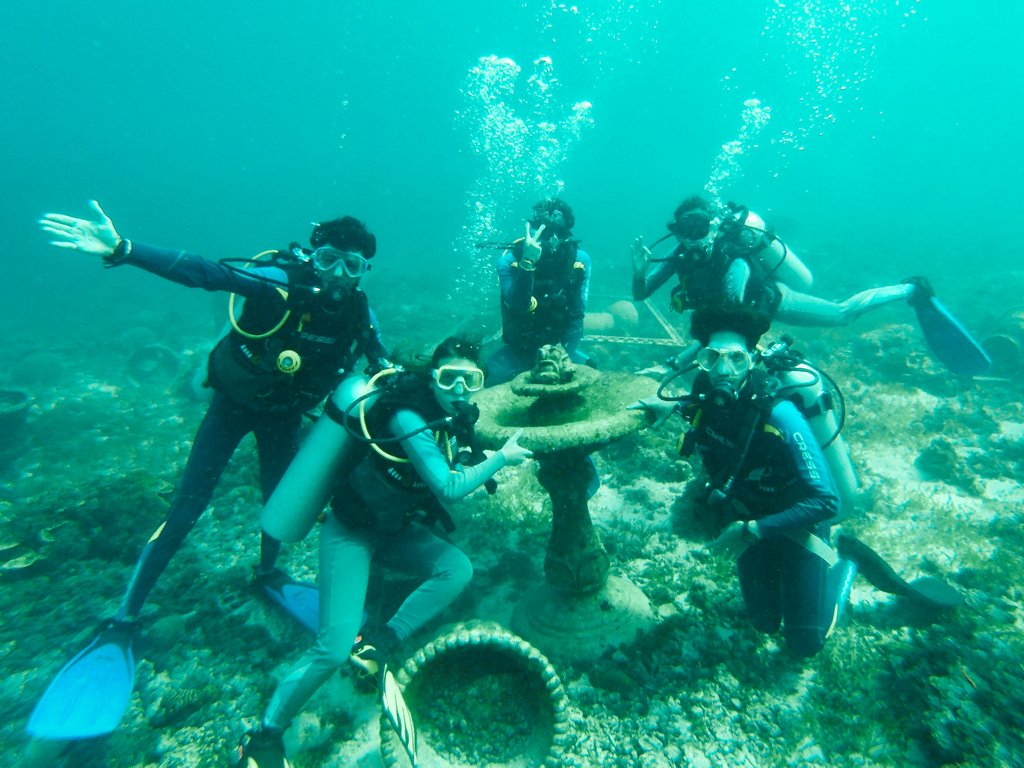
Pro tip– It’s important to know that you must wait 24 hours between diving and flying, so be prepared and plan your time accordingly.
Pro tip 2– If there’s a unique diving experience that you’d like to try out (like diving to see sharks, for instance), you should always check diving license requirements beforehand. Some experiences require a more advanced license than PADI open water diver, and it would be a shame to find out about it after you already have your dream itinerary planned out.
If you’re not really into scuba diving, and instead, snorkeling is your cup of tea, make sure to check your equipment before you jump into the water (in scuba diving it’s mandatory). This will help you avoid the unpleasant experience of a leaking mask or water entering your snorkel.
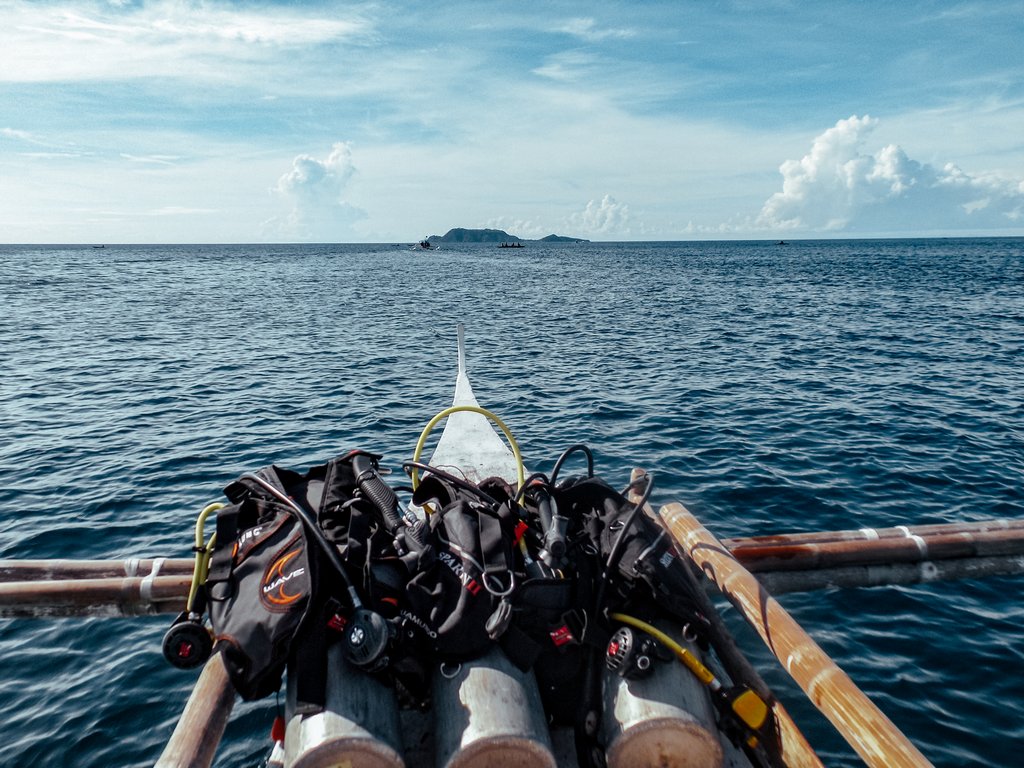
http://dream-divers.cebuarea.com/
A few general tips:
11. If you want to take sunset photos at the beach, try taking those from a bar terrace instead of the beach itself. The minute the sun goes down, the sandflies wake up. I paid with real blood for every photo I took at the beach of Nacpan- you could have played “connect the dots” by the time I was done, and I lost count after 30 bites.
And yes, I used bug spray. It didn’t help.
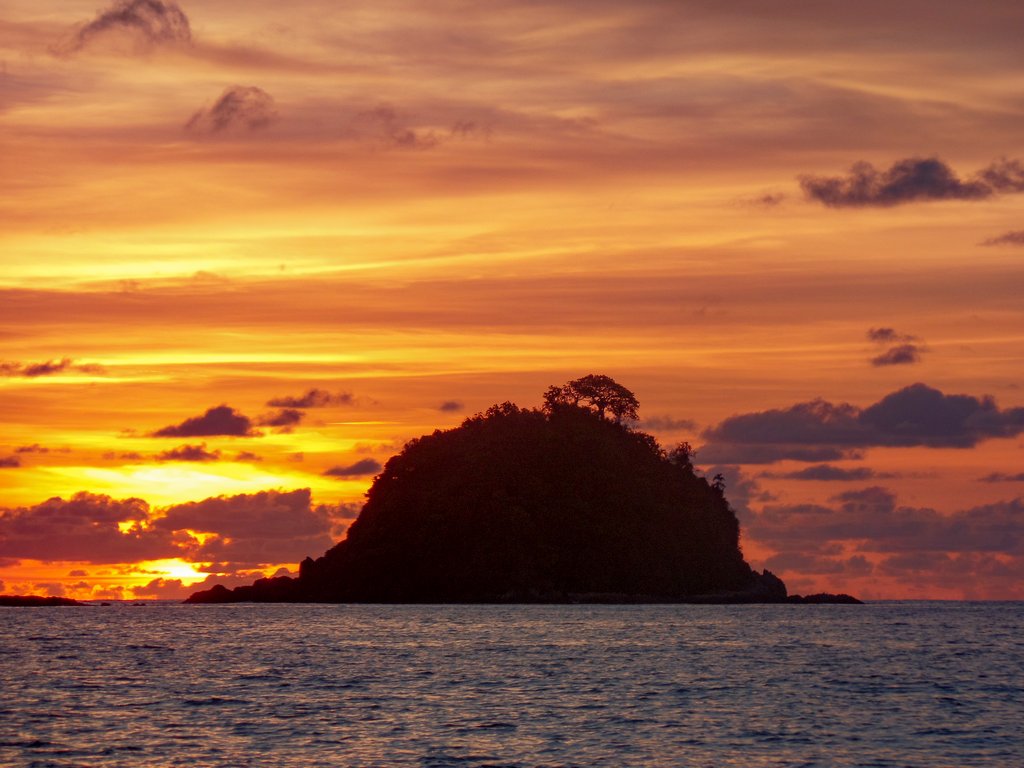
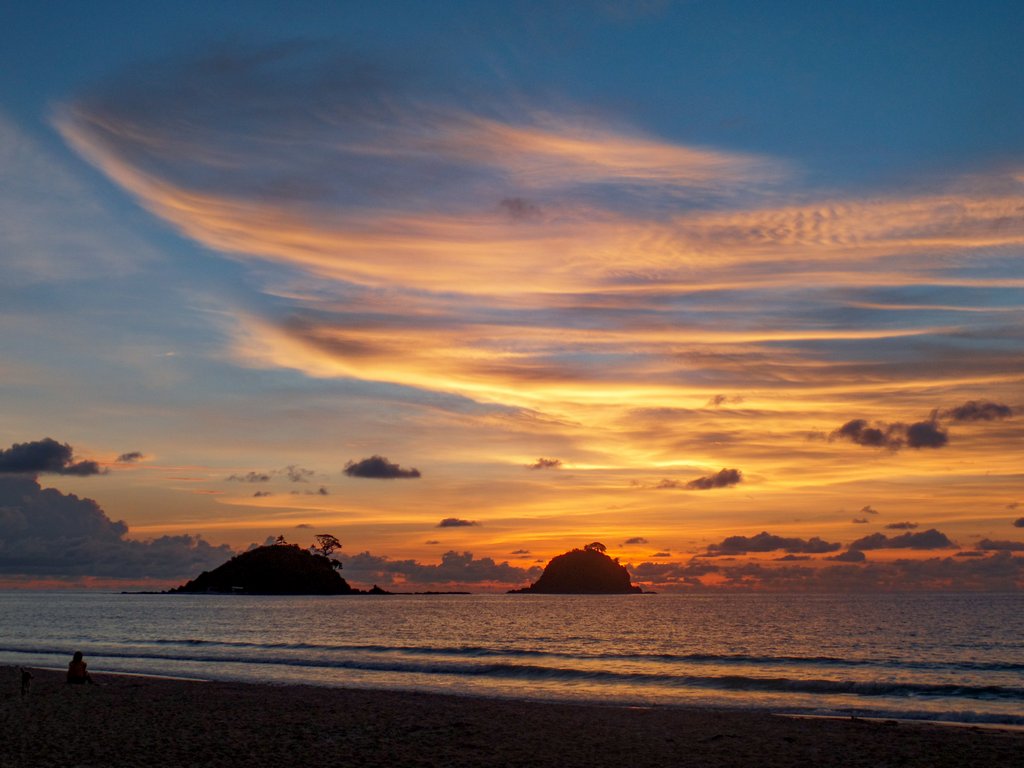
12. Don’t give up on the opportunity to visit the north of the country. Most tourists focus on scuba diving and sunbathing at the beaches, but the north has a lot to offer: enchanting rice terraces, trails, waterfalls, and authentic encounters with the locals.
You can even visit Bucalan village to get a traditional Pinoy tattoo from the oldest tattoo artist in the world (103 years old, according to the last article published on the subject).
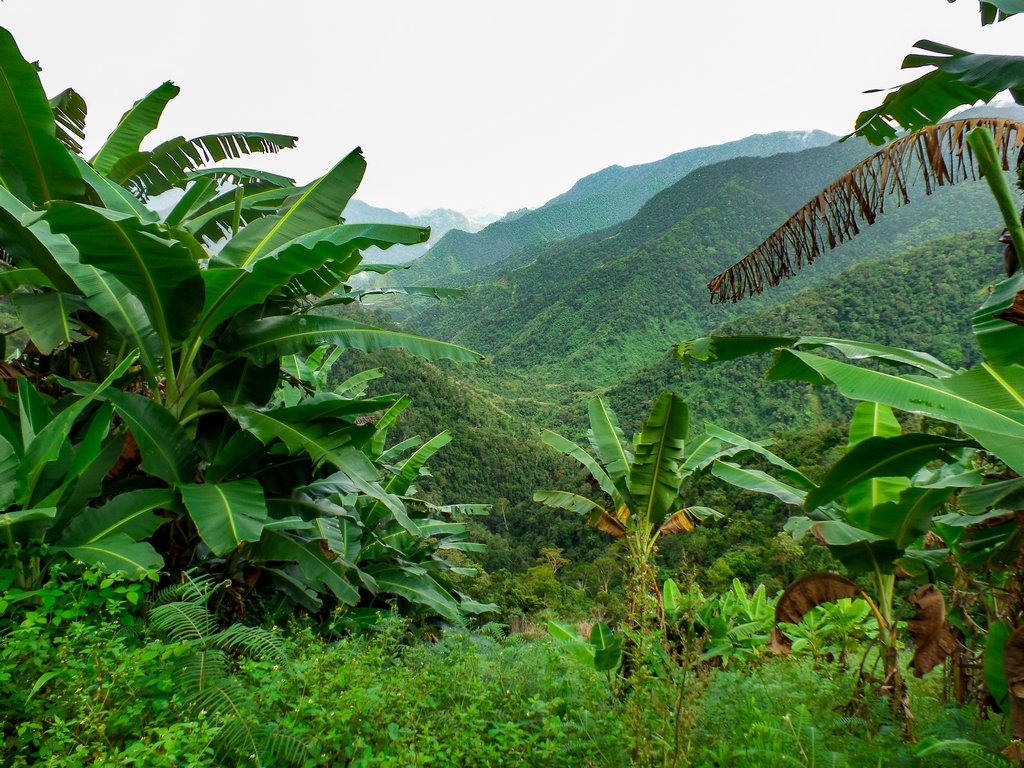
13. All the Island-hopping tour routes in El-Nido are pretty much the same, so in my opinion, there is no need to book more than one tour at the get-go. Try it out, and if you decide that you vibe with the concept, make another booking.
Side note: the meals provided on these tours are a real treat and easily the best food I had throughout the whole trip.
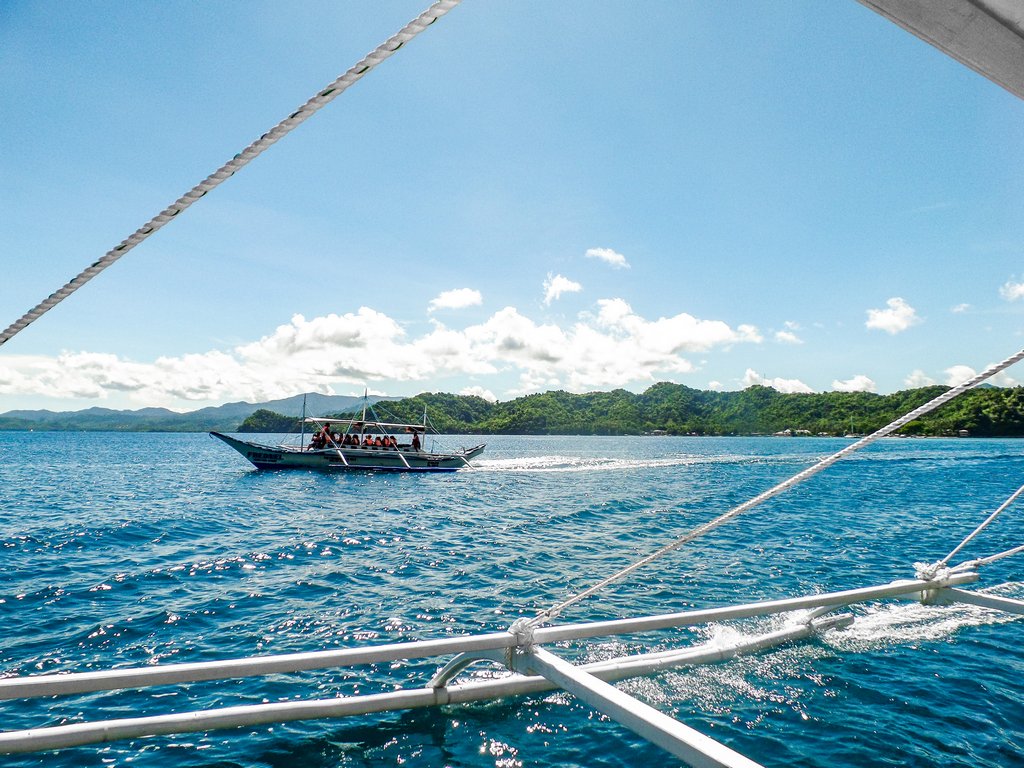
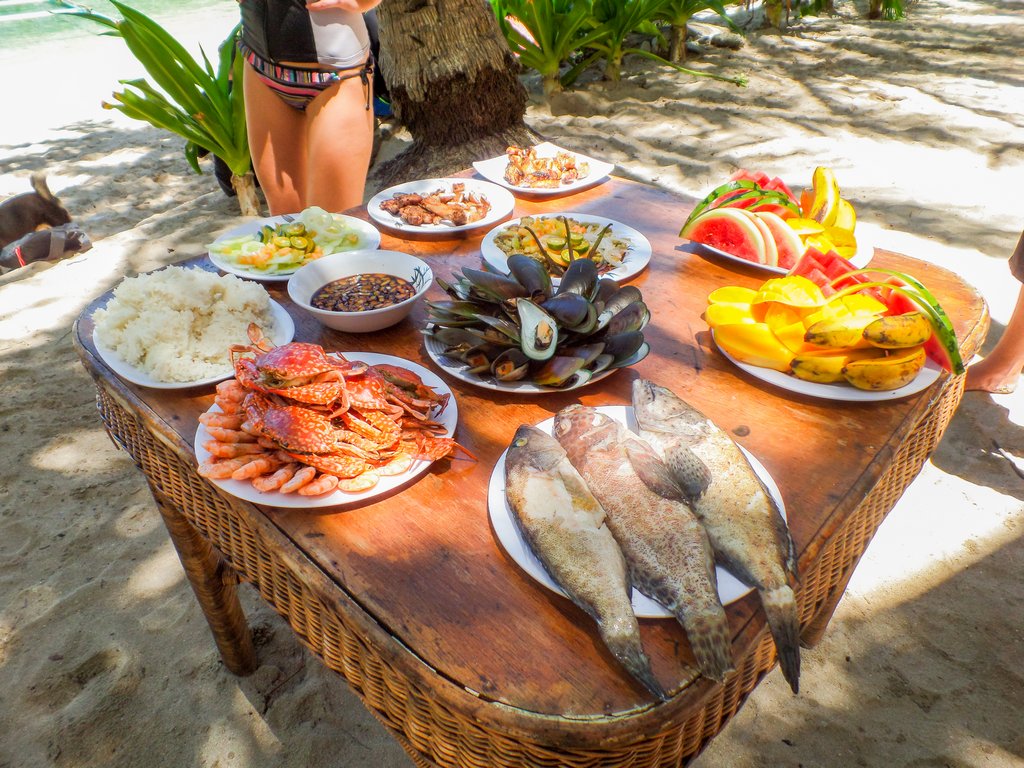
14. Speaking of food, I recommend packing some emergency energy bars or cup noodles with you.
When food is available (which is most of the time), I recommend taking your taste buds for a ride and trying some of the local cuisine.
INASAL – Our favorite fast-food chain store, which we discovered thanks to the scuba diving course we took, specializes in grilled chicken and fish dishes a la Pinoy style.
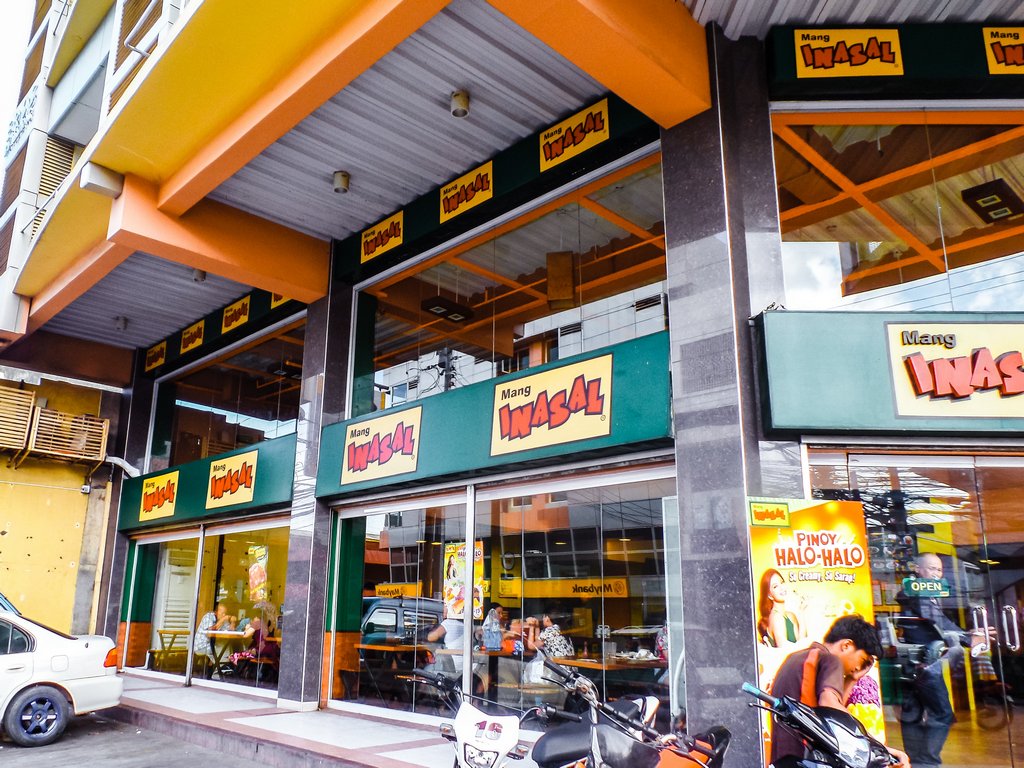
A local dessert we fell in love with is the HALO HALO, which is made with shaved ice and other layered yummy ingredients.
In El-Nido, make sure to check out MIDTOWN BAKERY; they have the fluffiest buns eveeeeerrrr
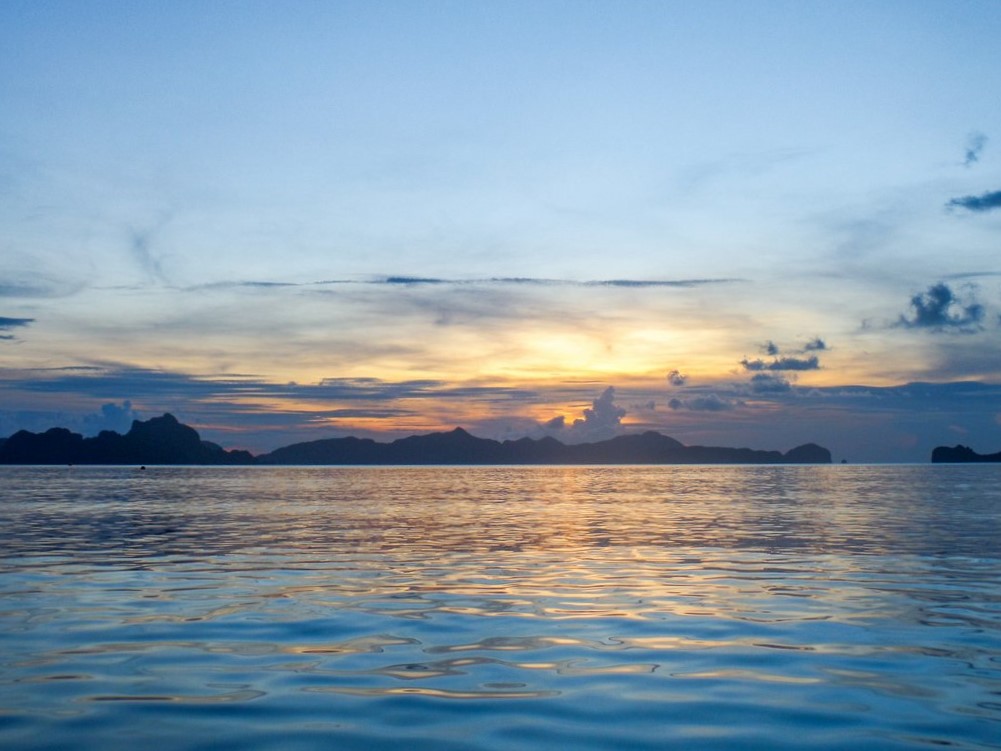
Well, this is it- I hope this post helped you in some way and that your trip to the Philippines will be a wonderful adventure, as it should.
Have a question? have something to add or an experience you want to share?
Please leave a comment after the beep. 😉
*Beep*


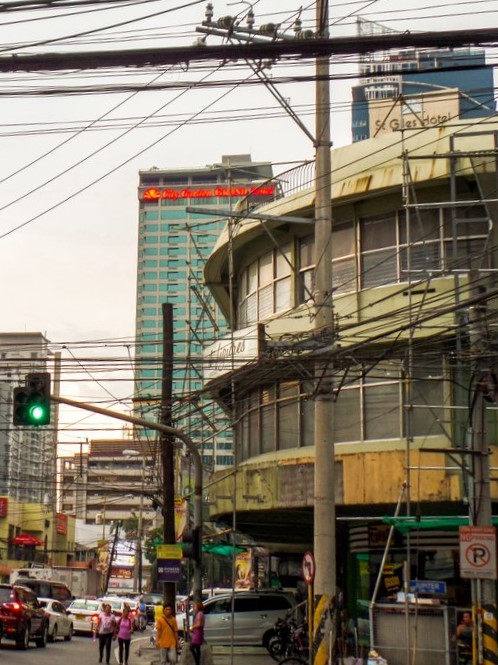
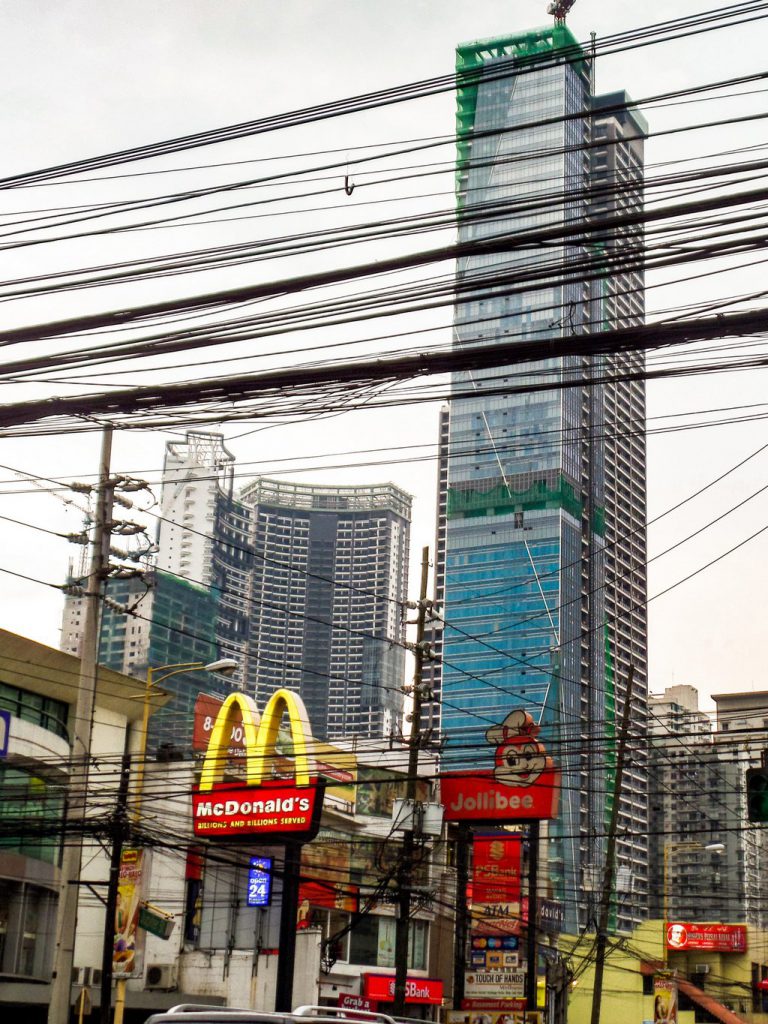
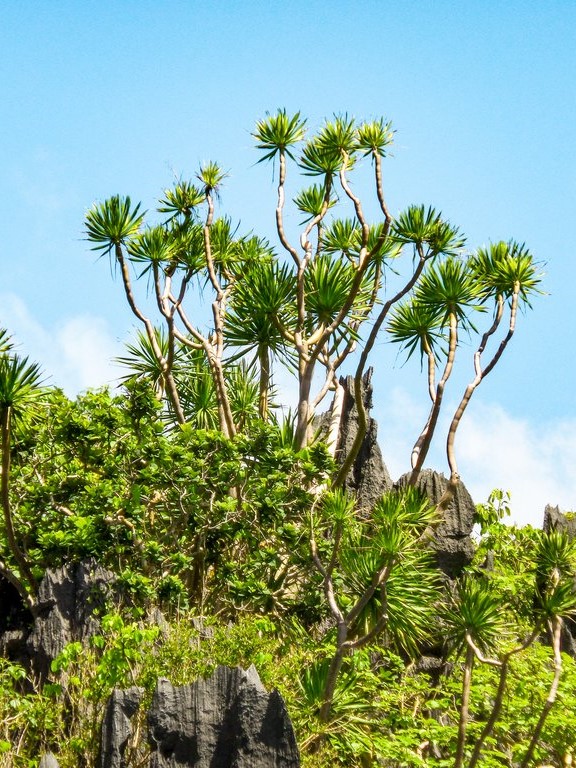
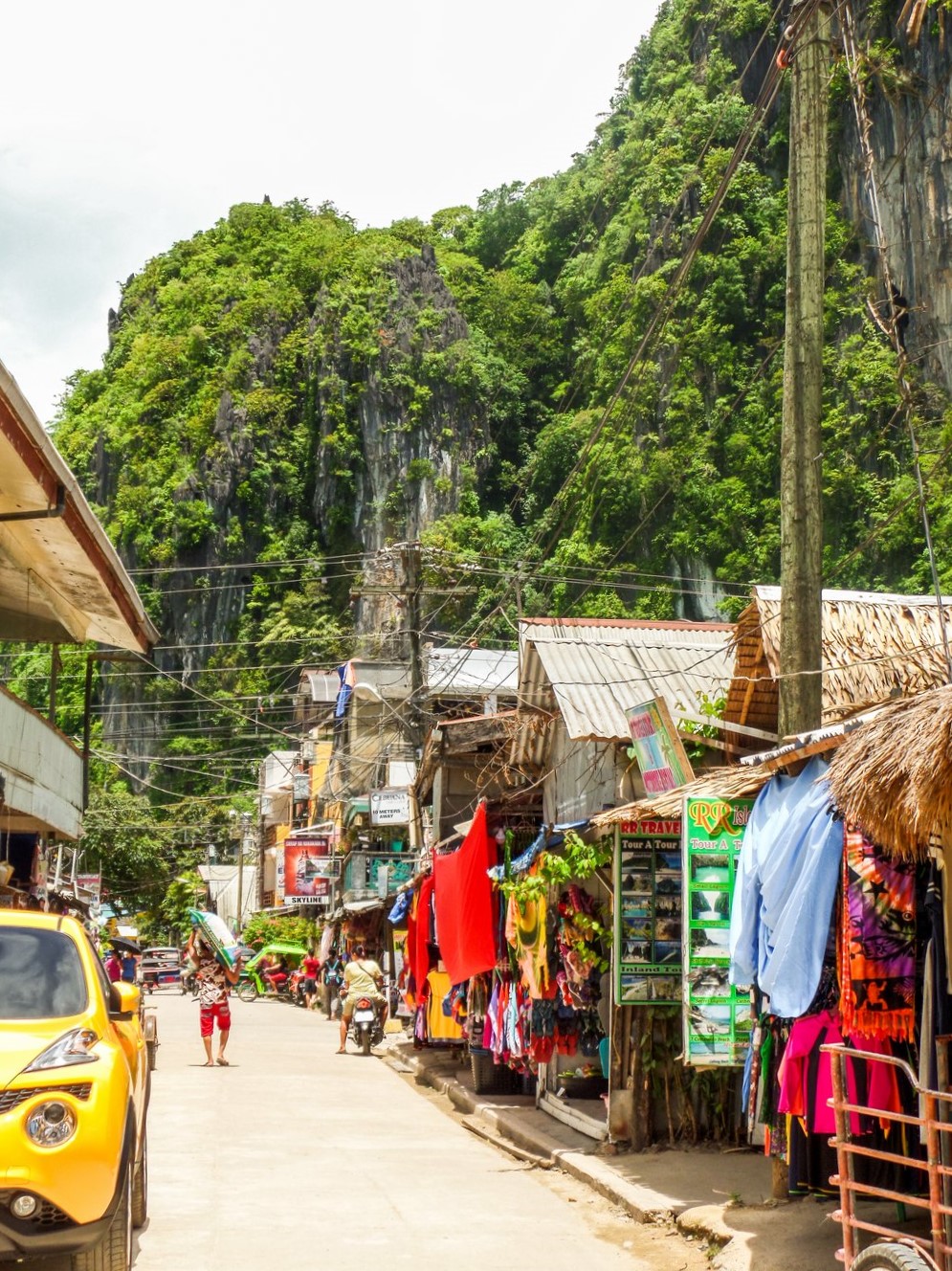
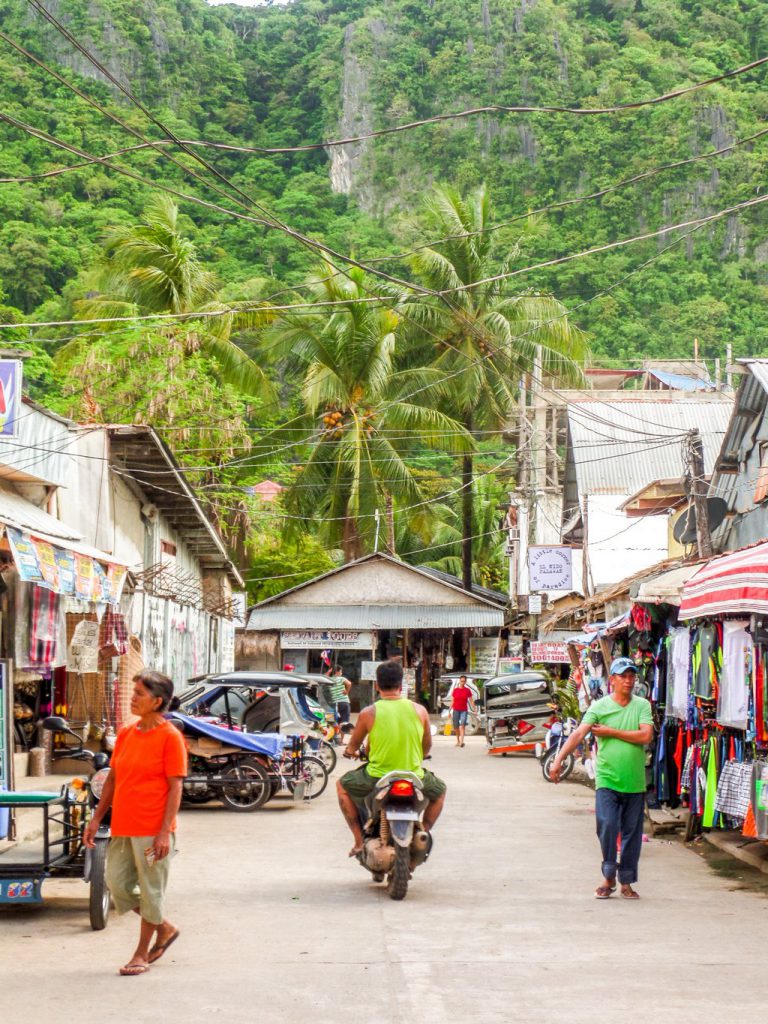
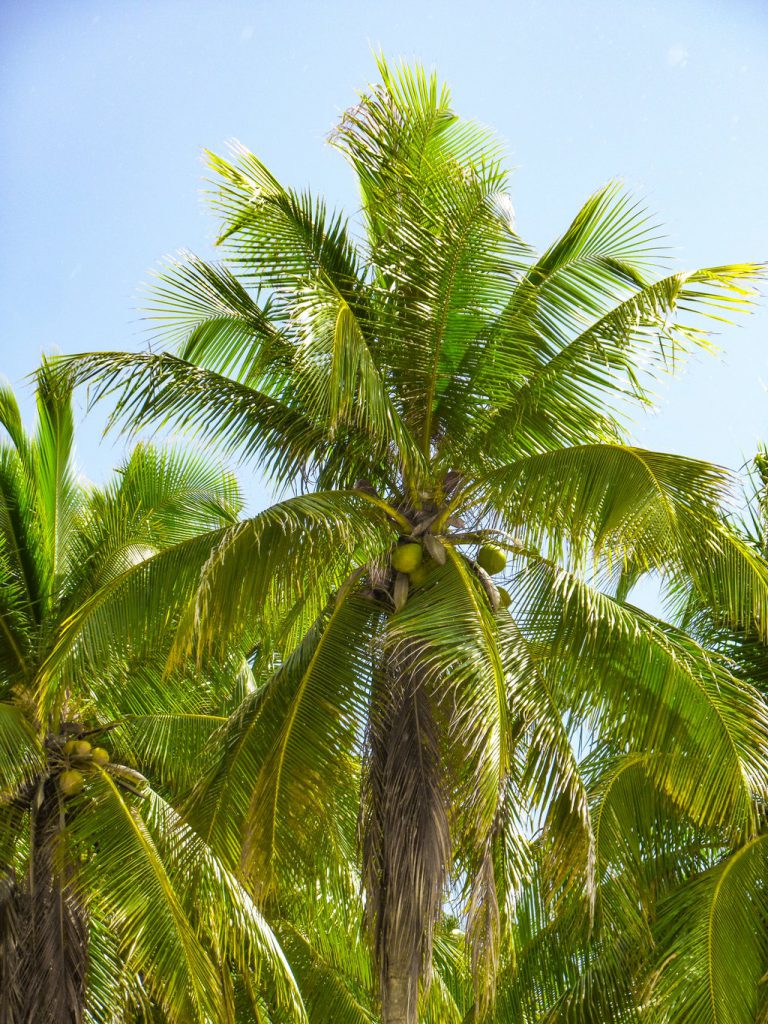
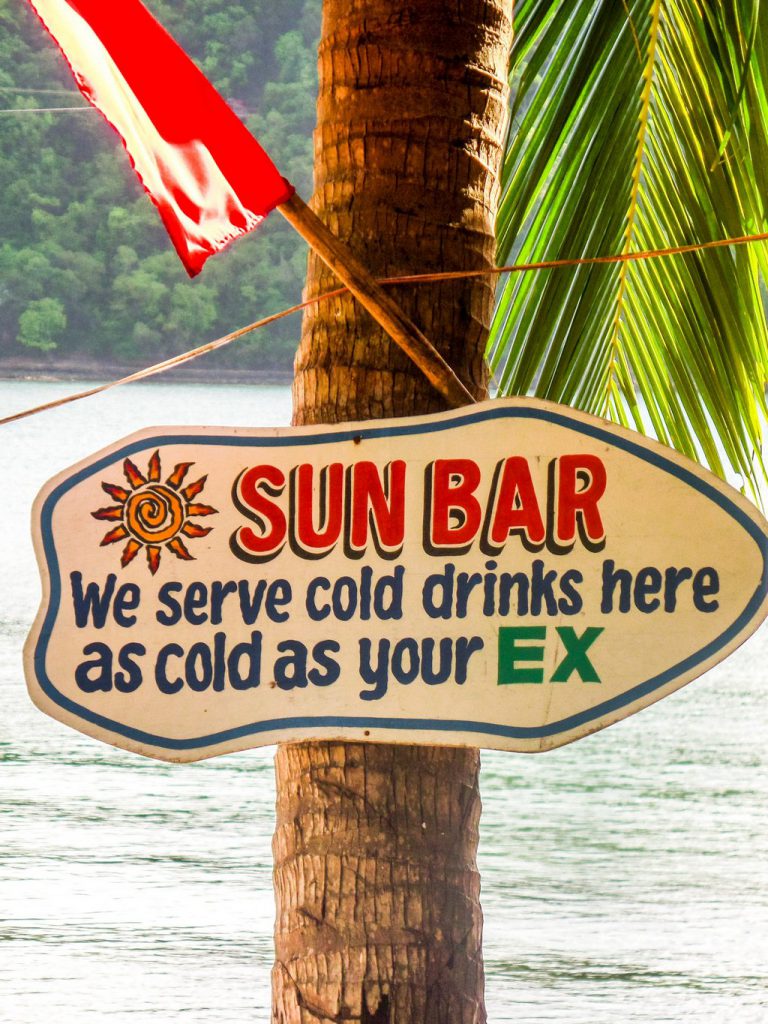
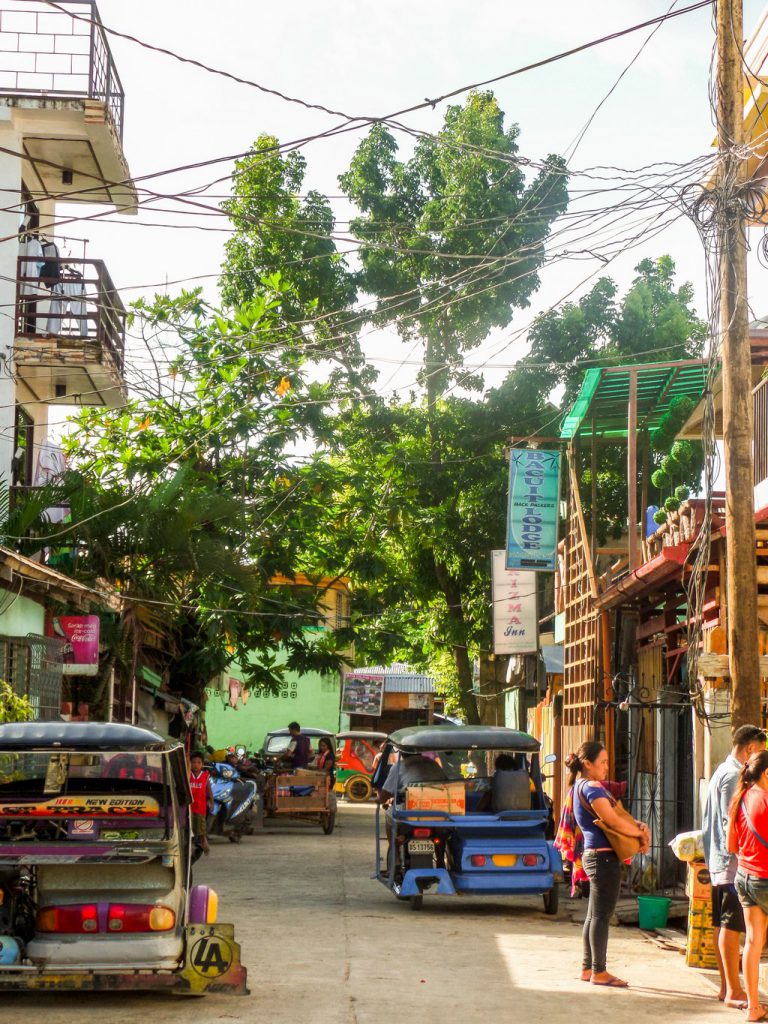
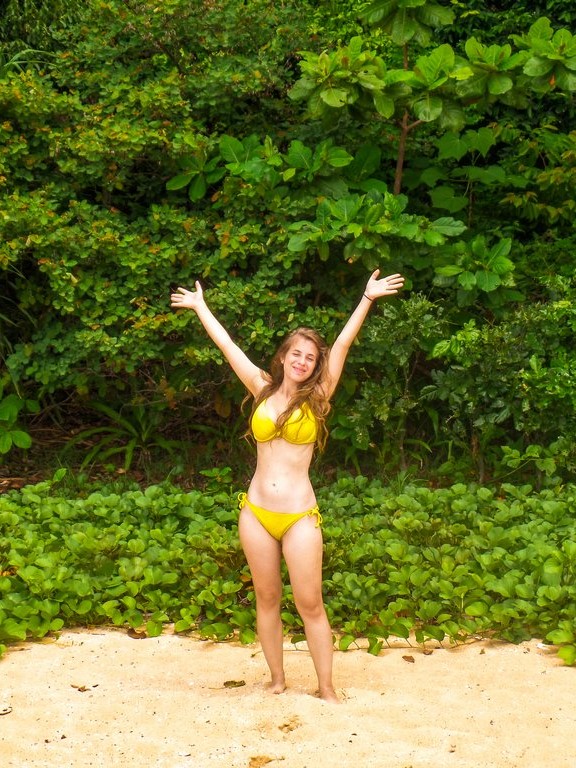
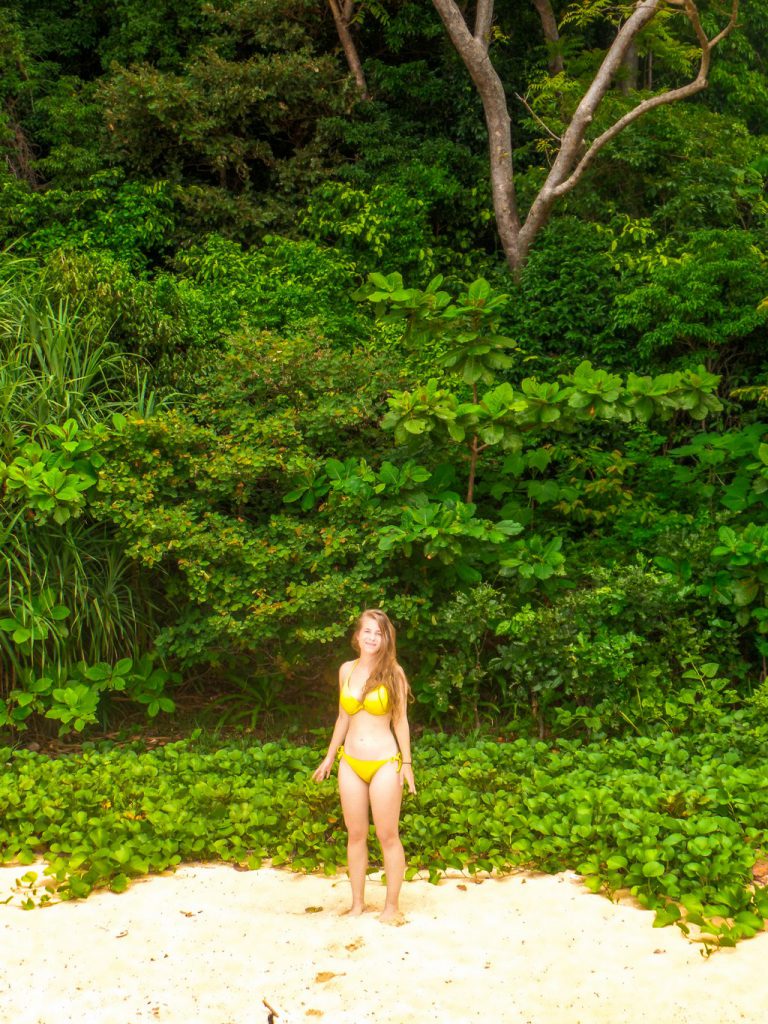

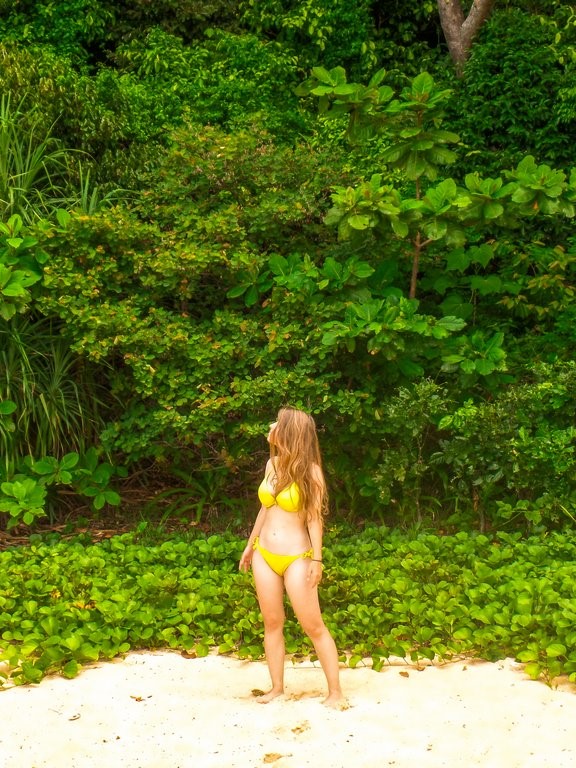
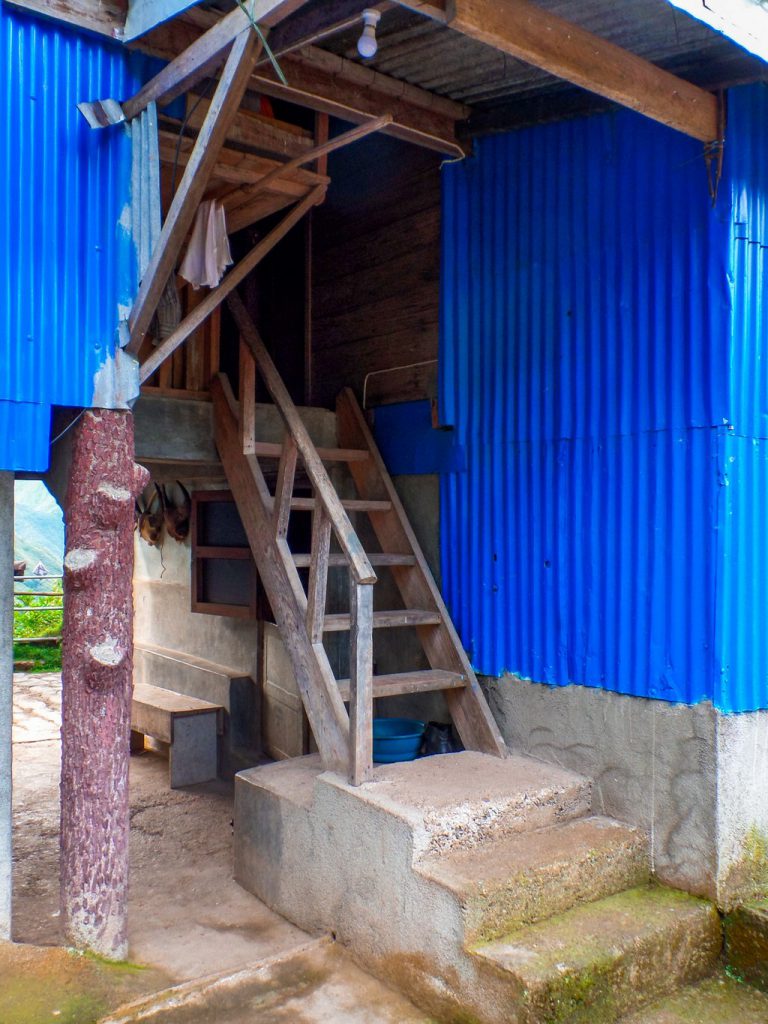
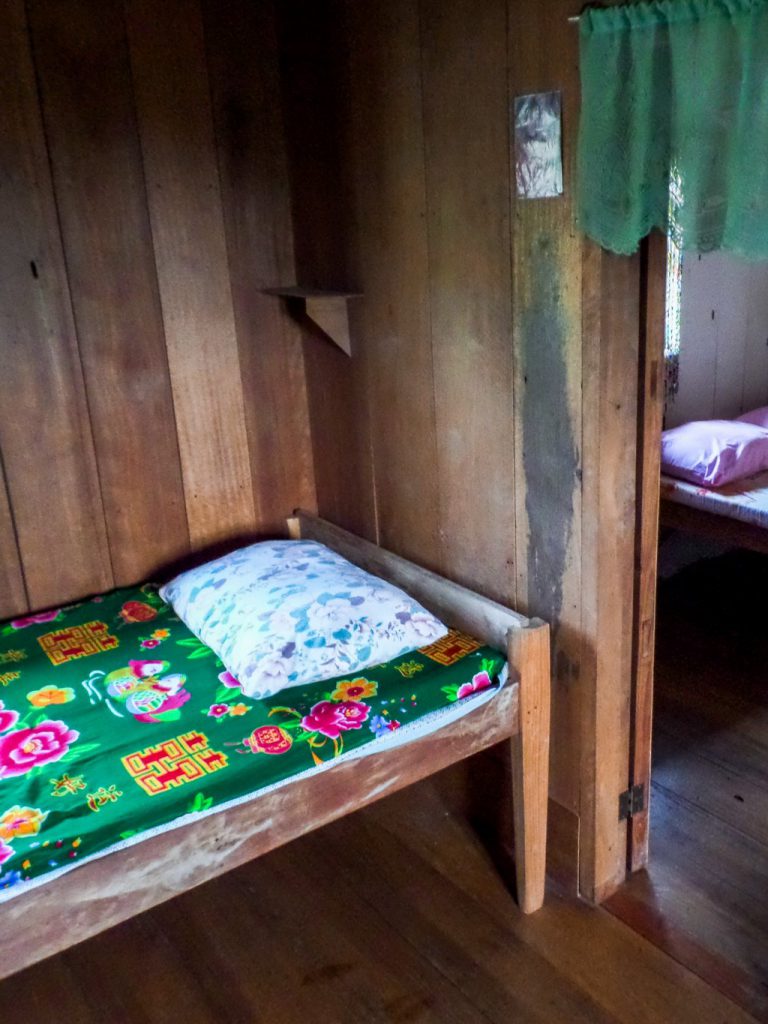
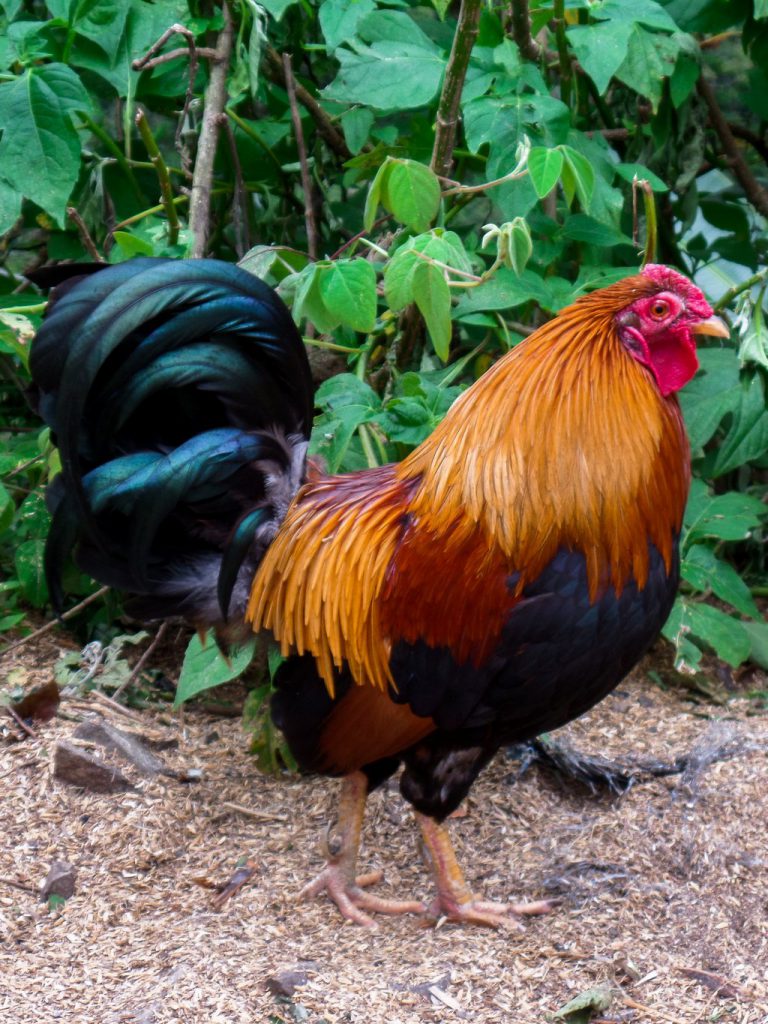
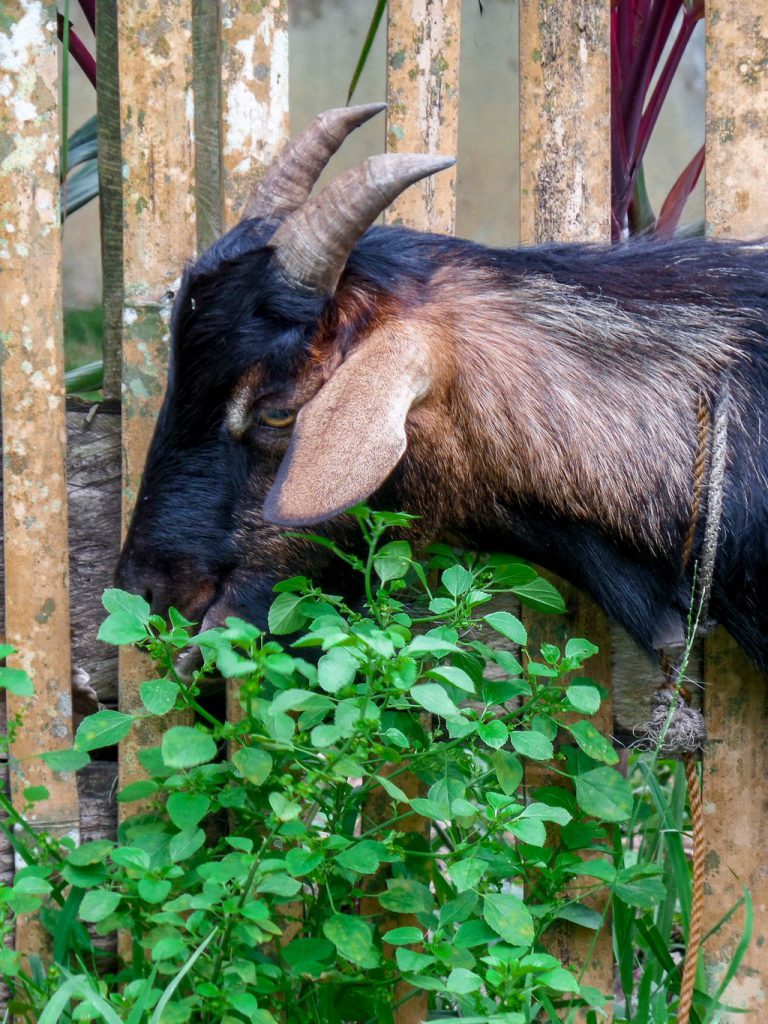
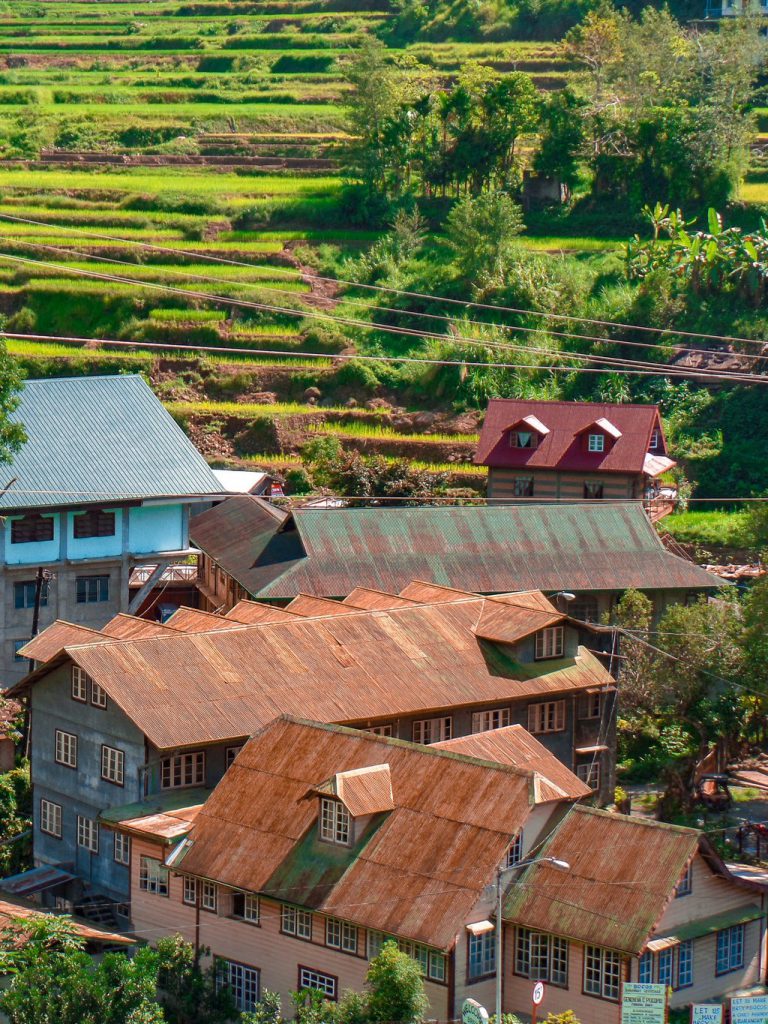
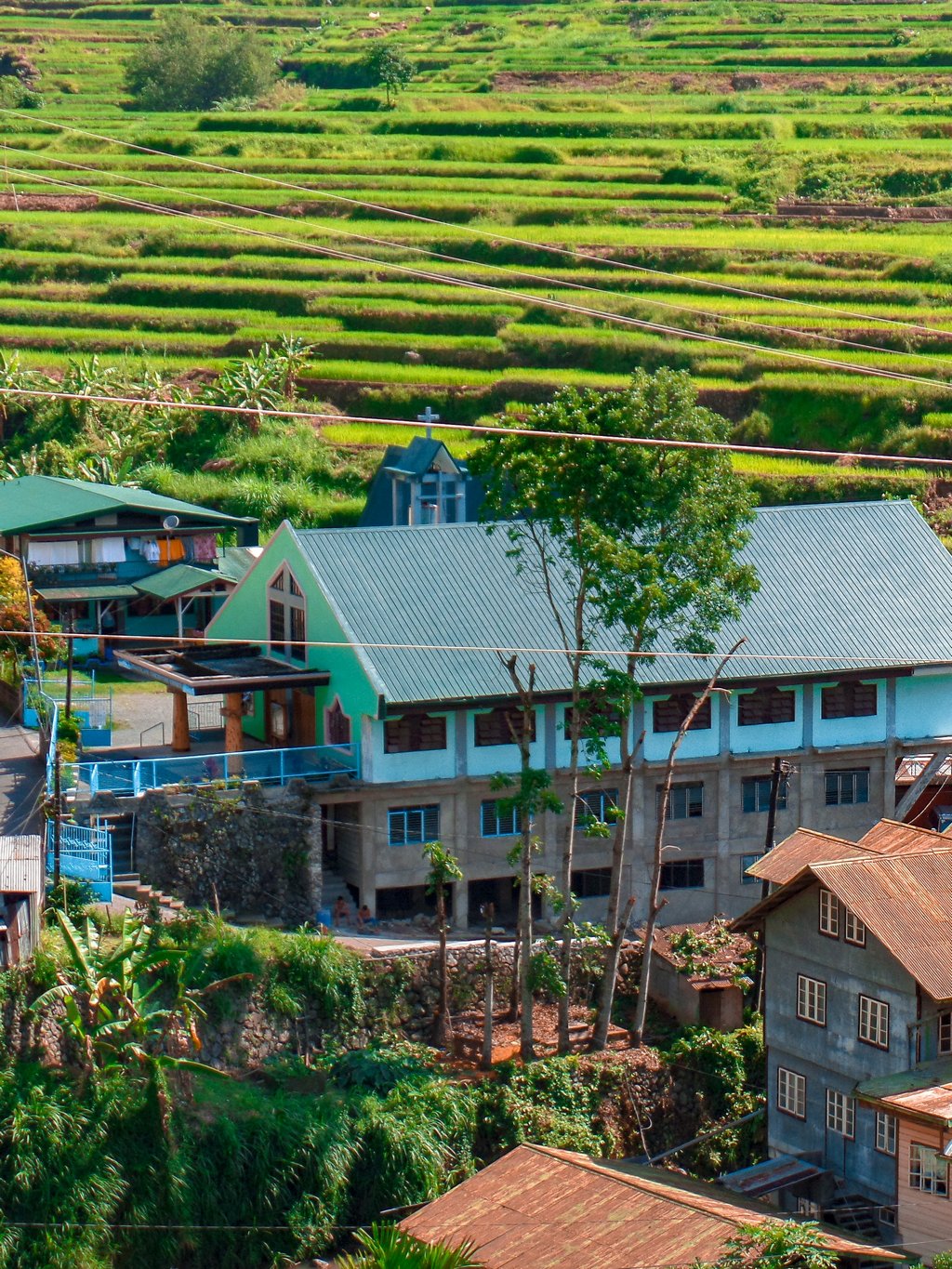

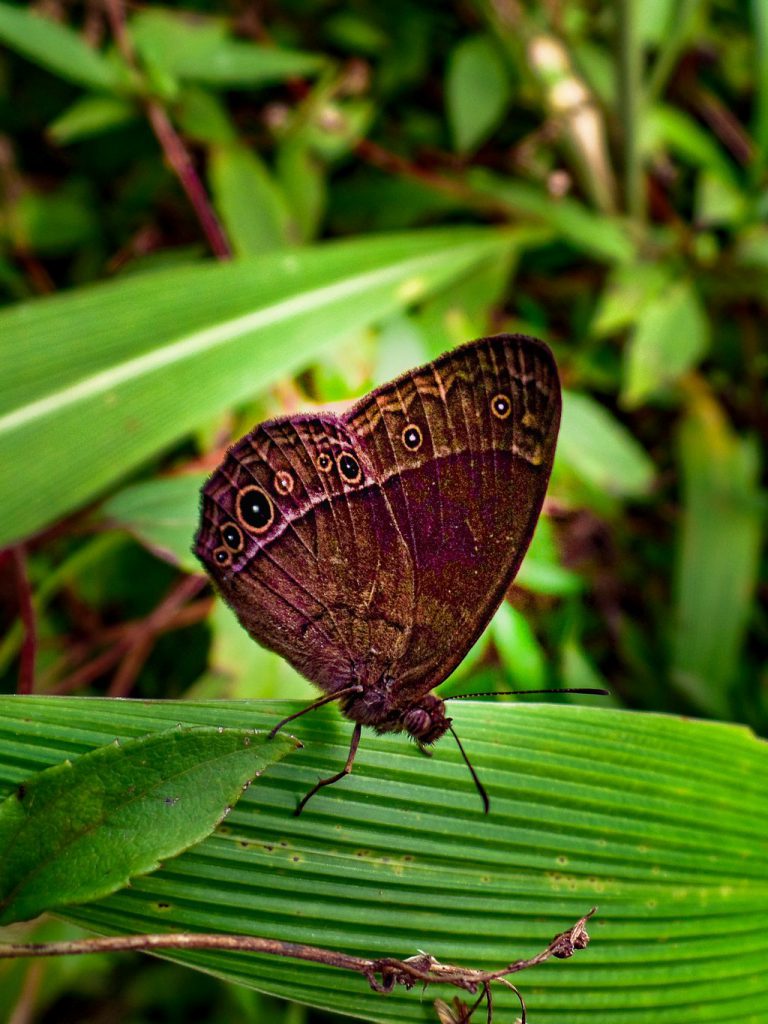
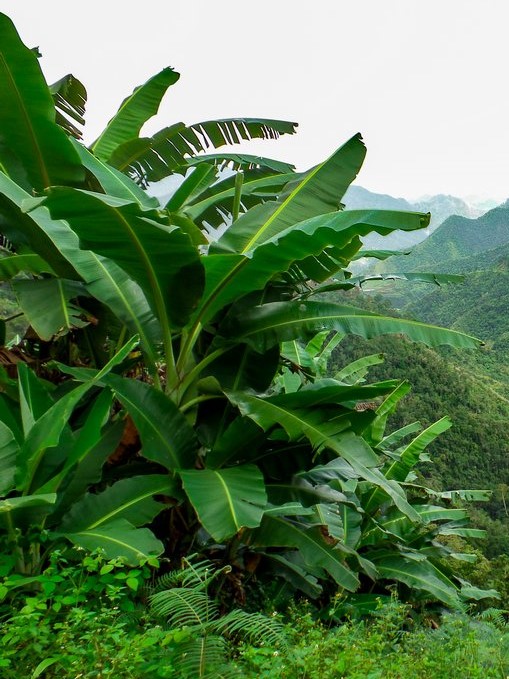

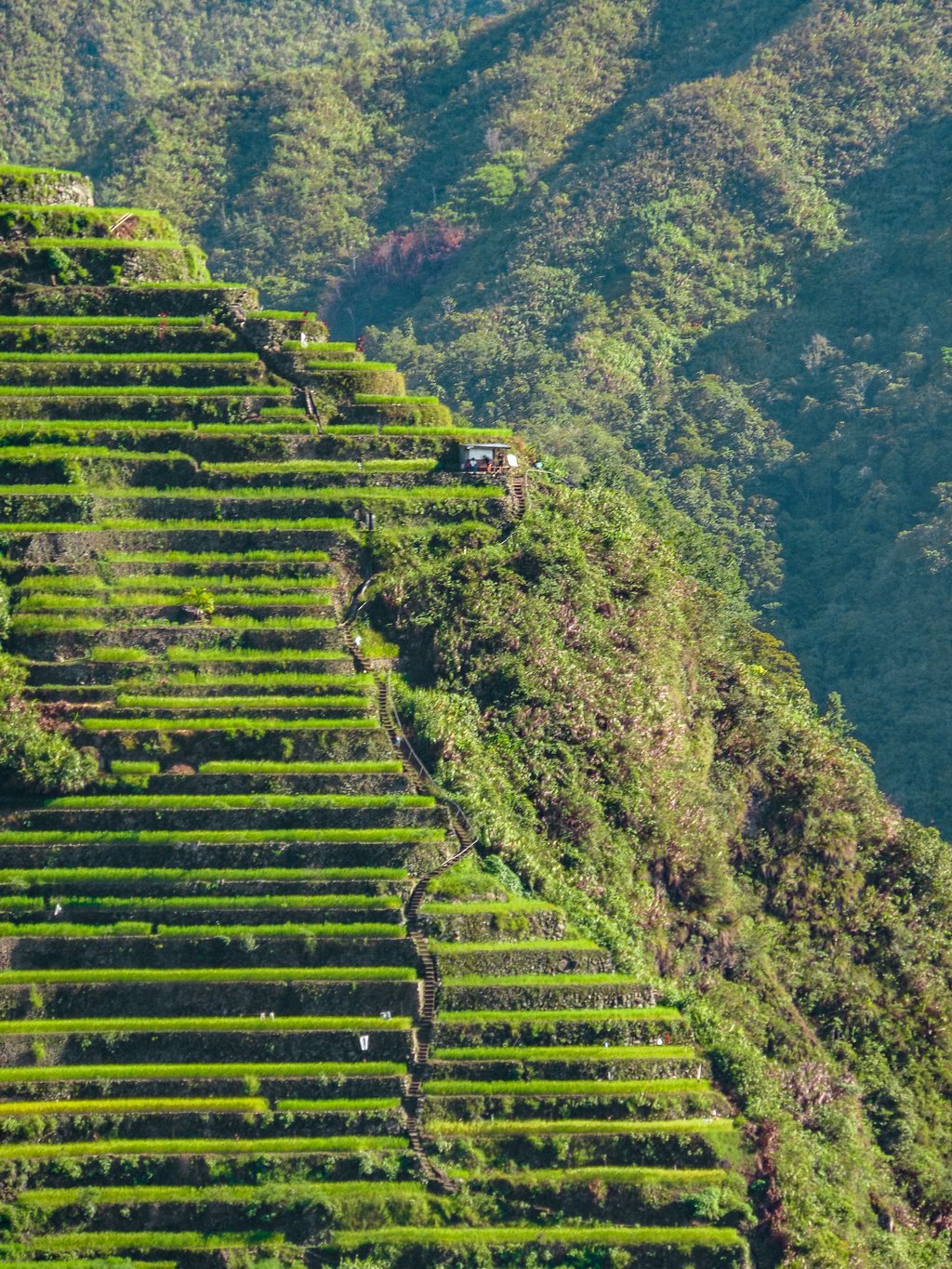
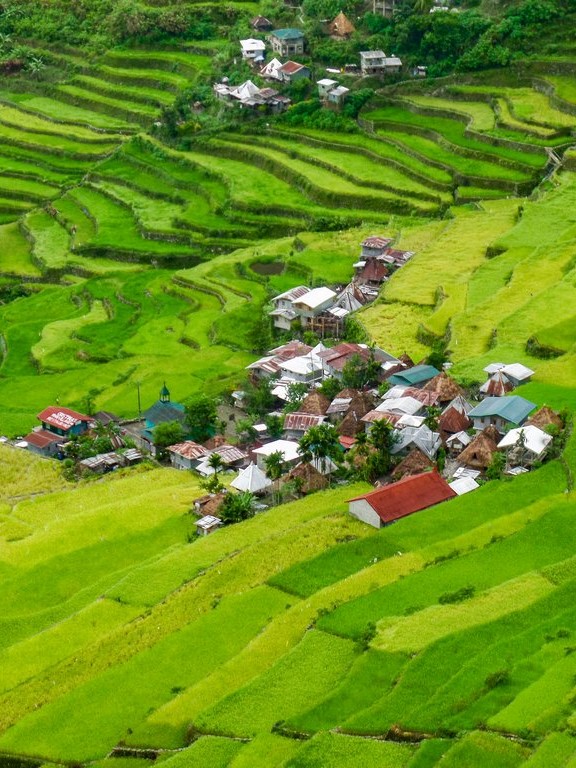
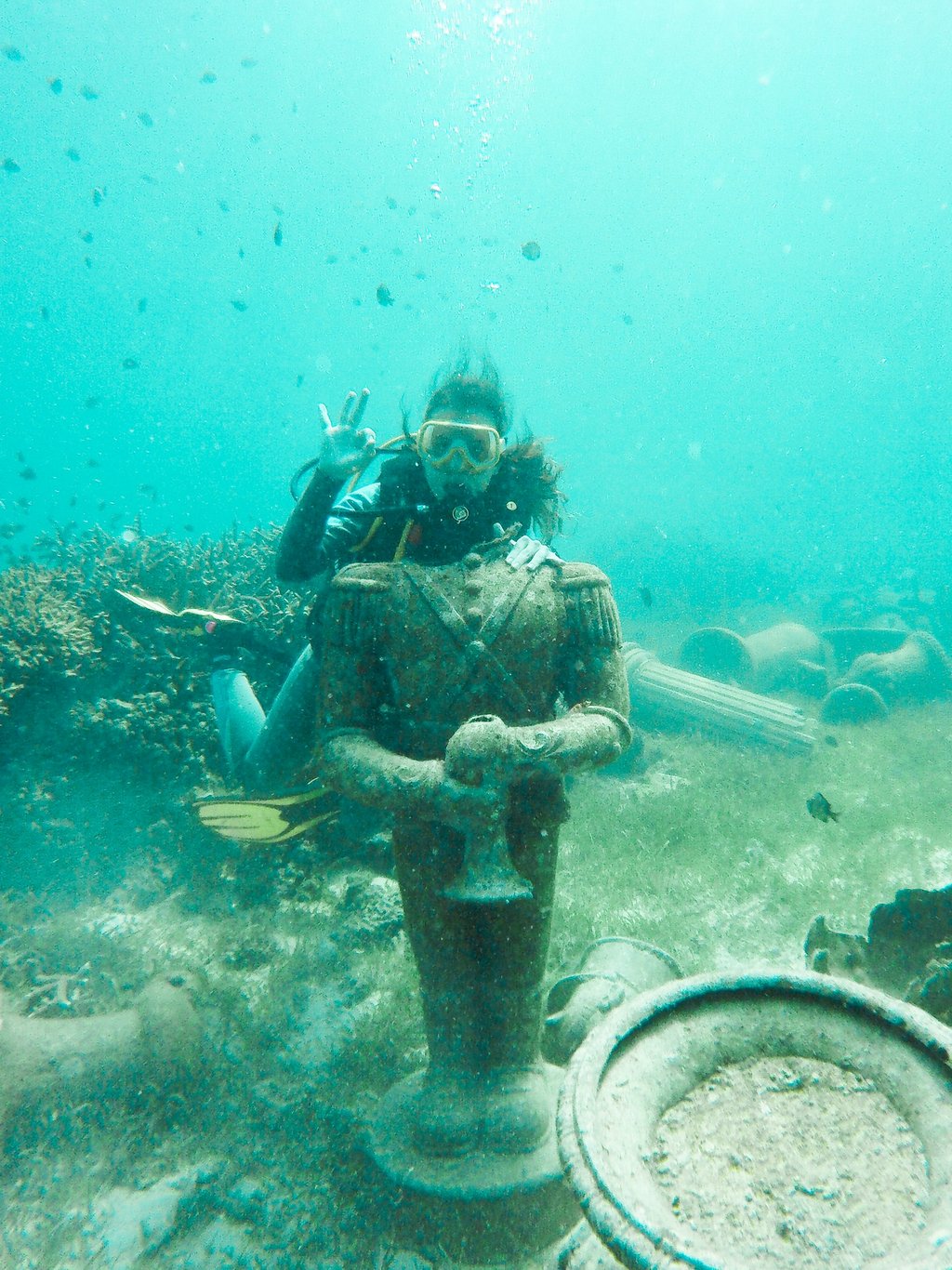
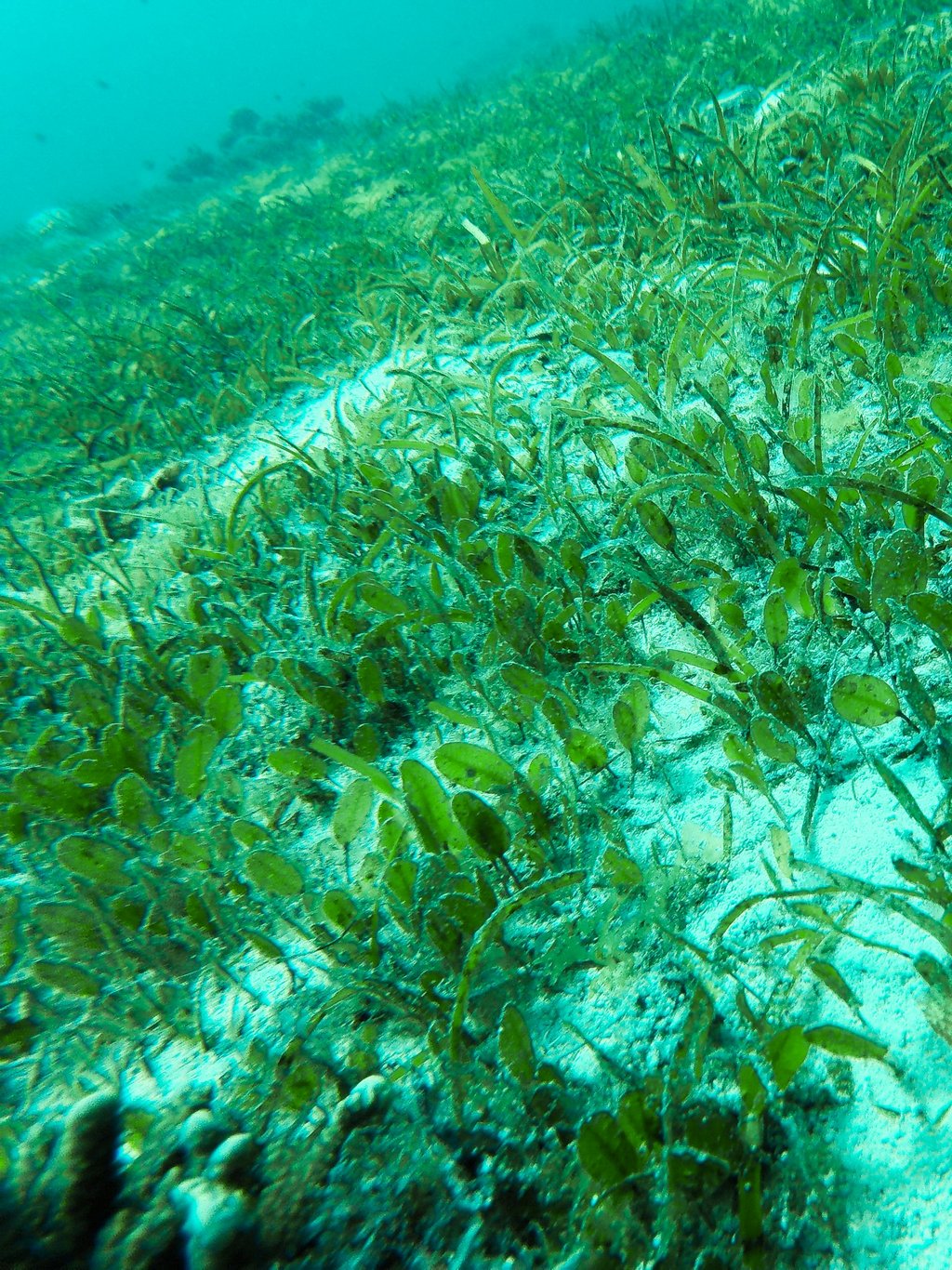
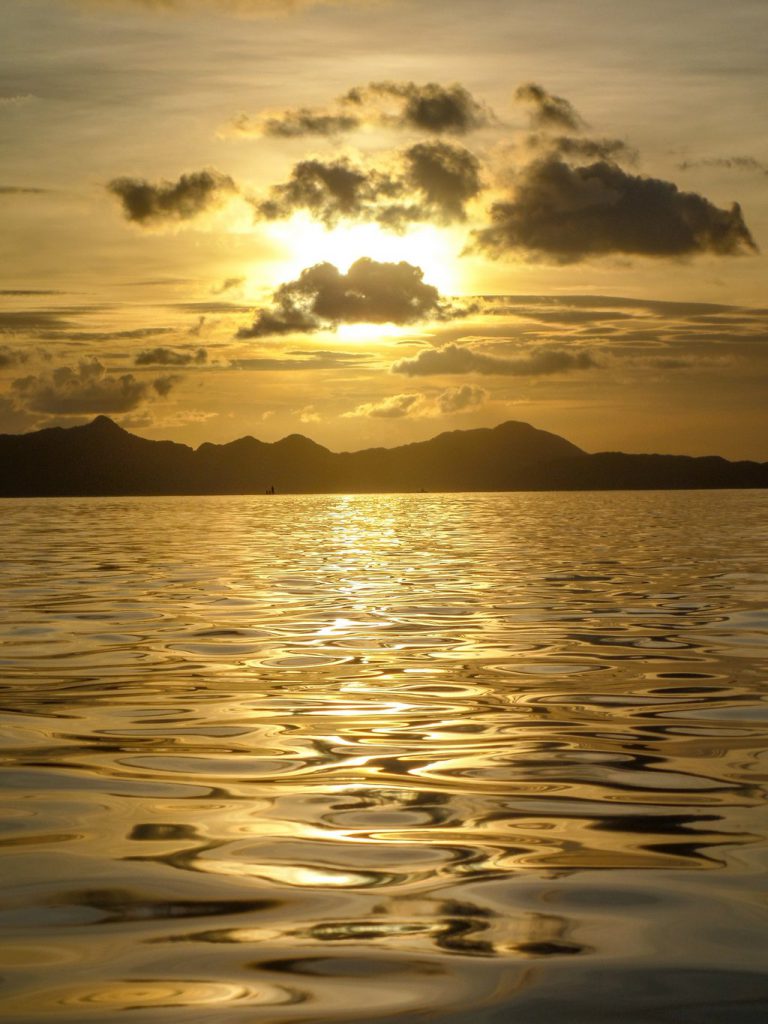
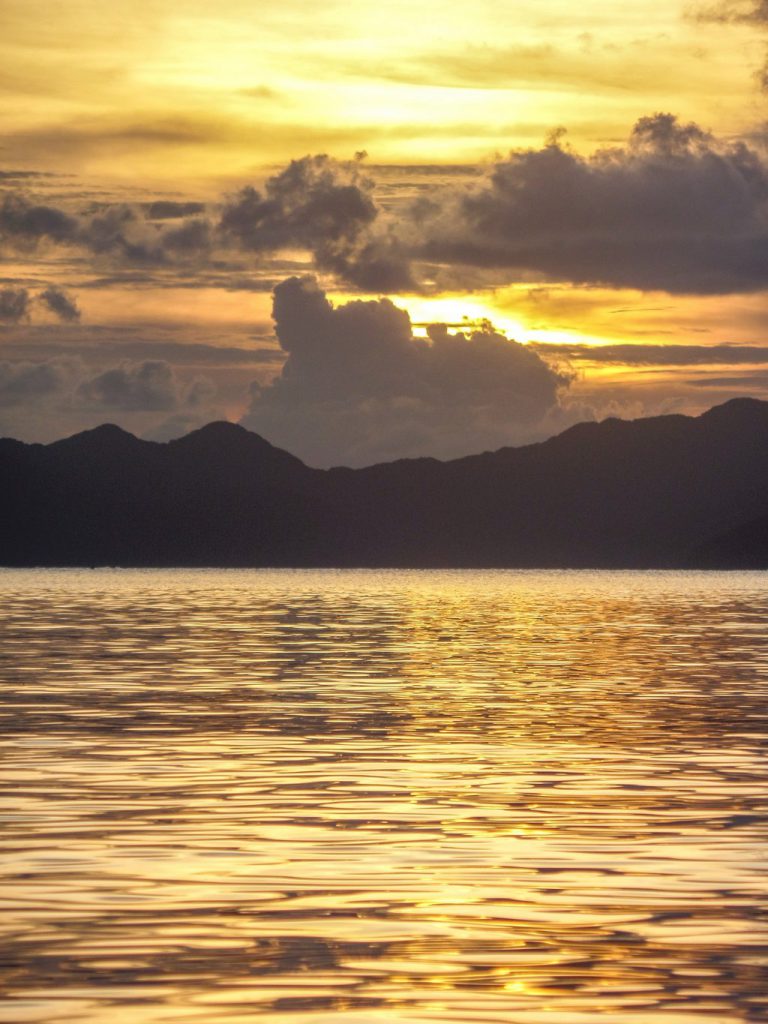
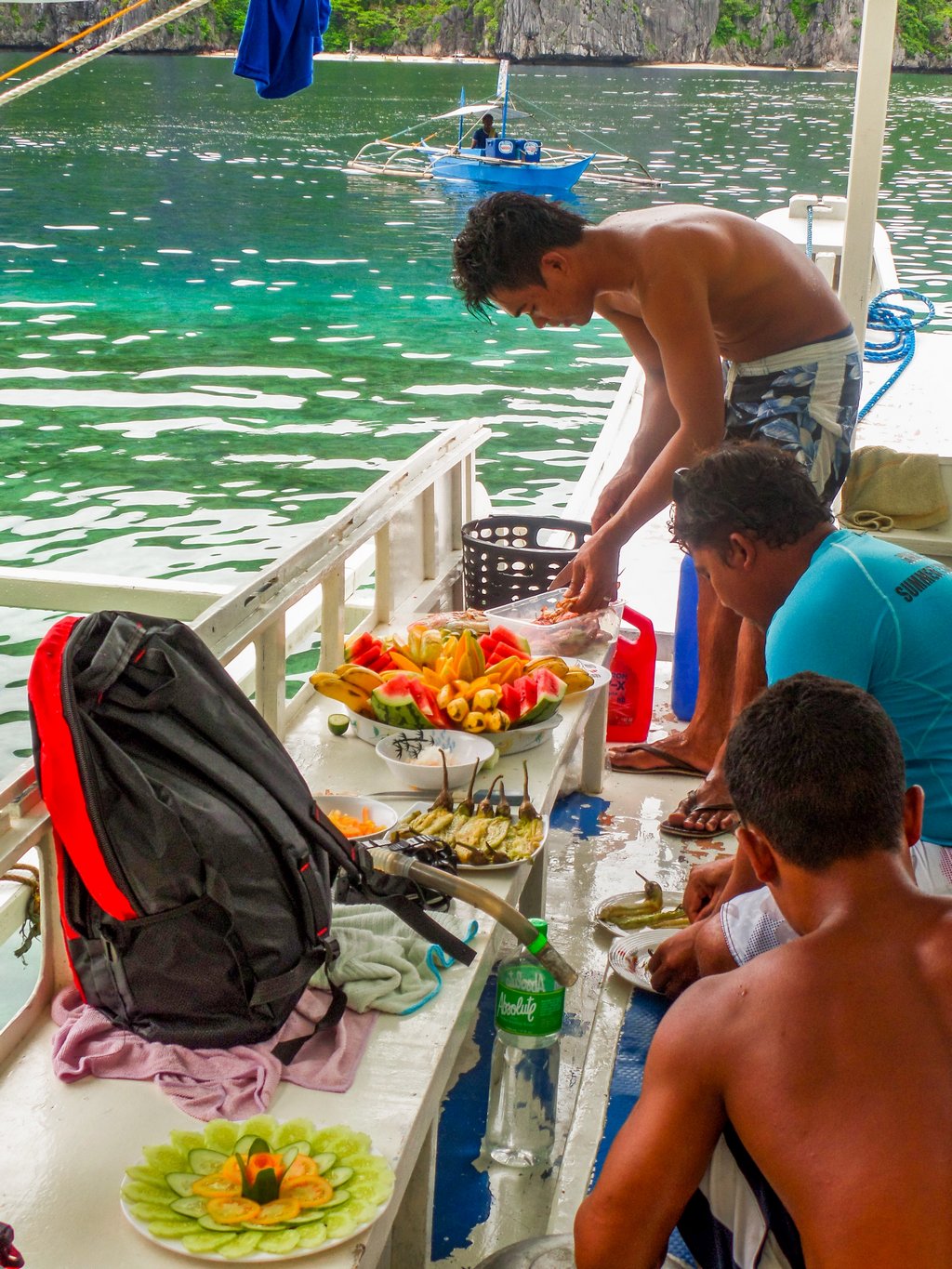
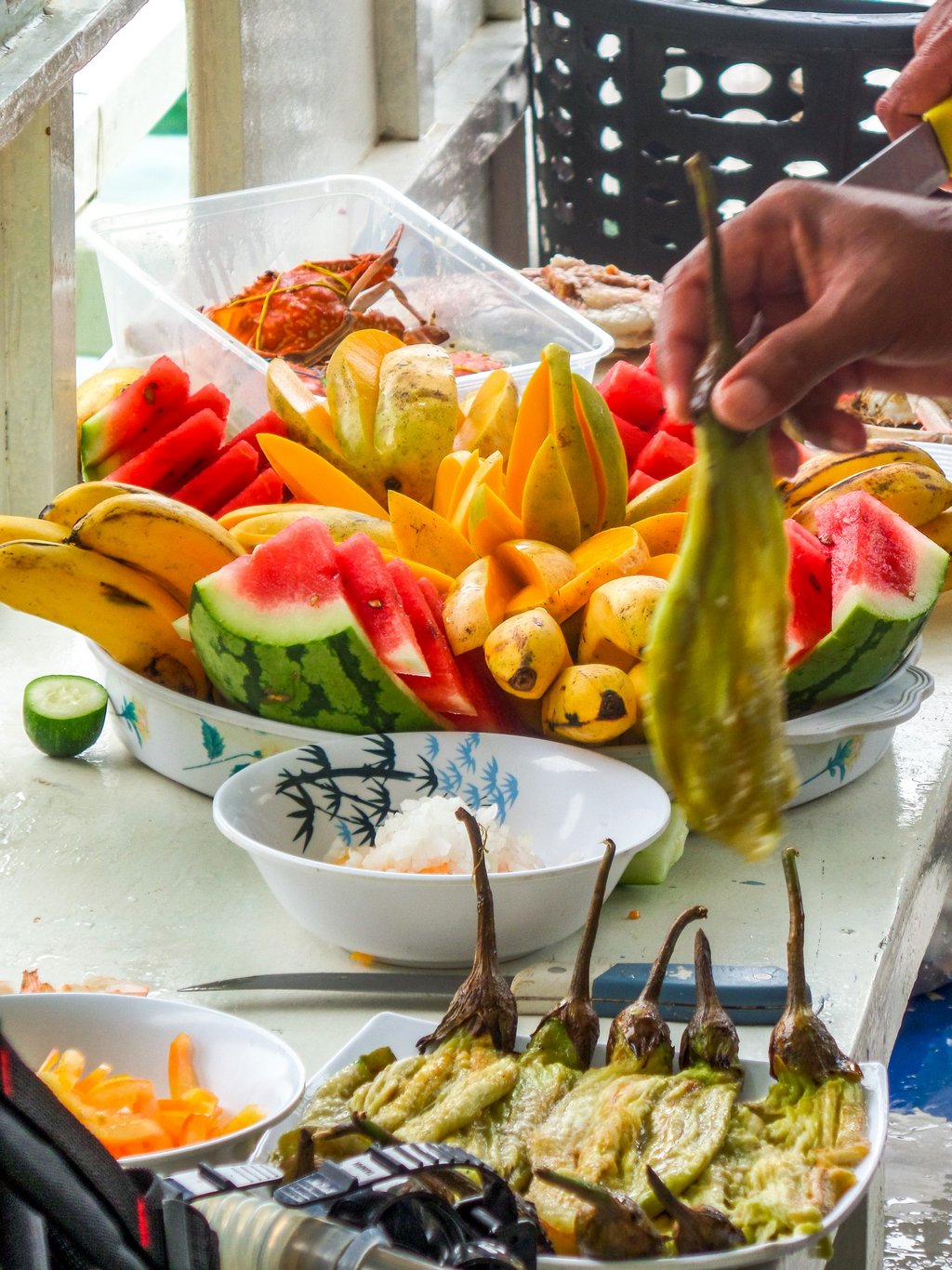
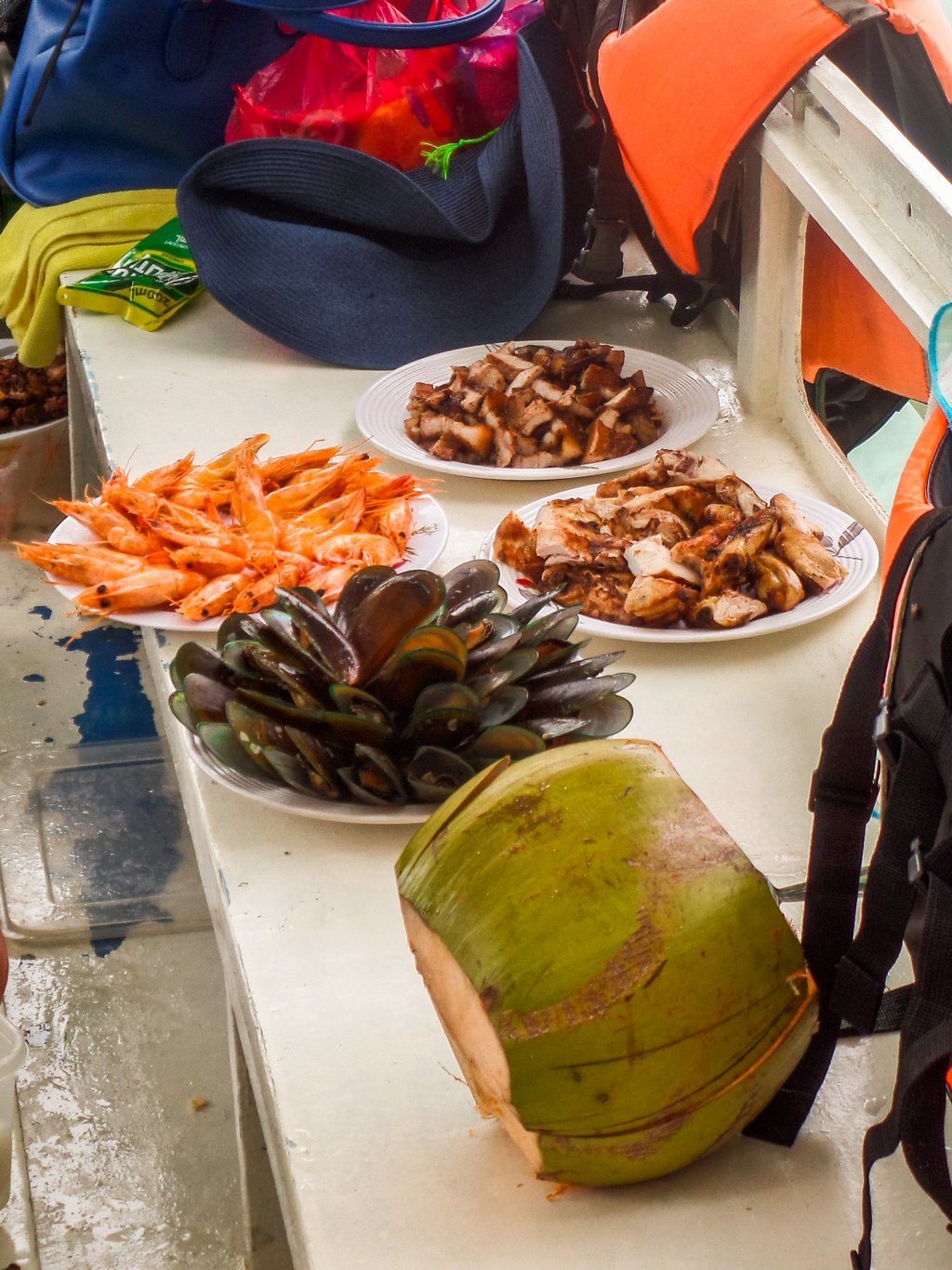
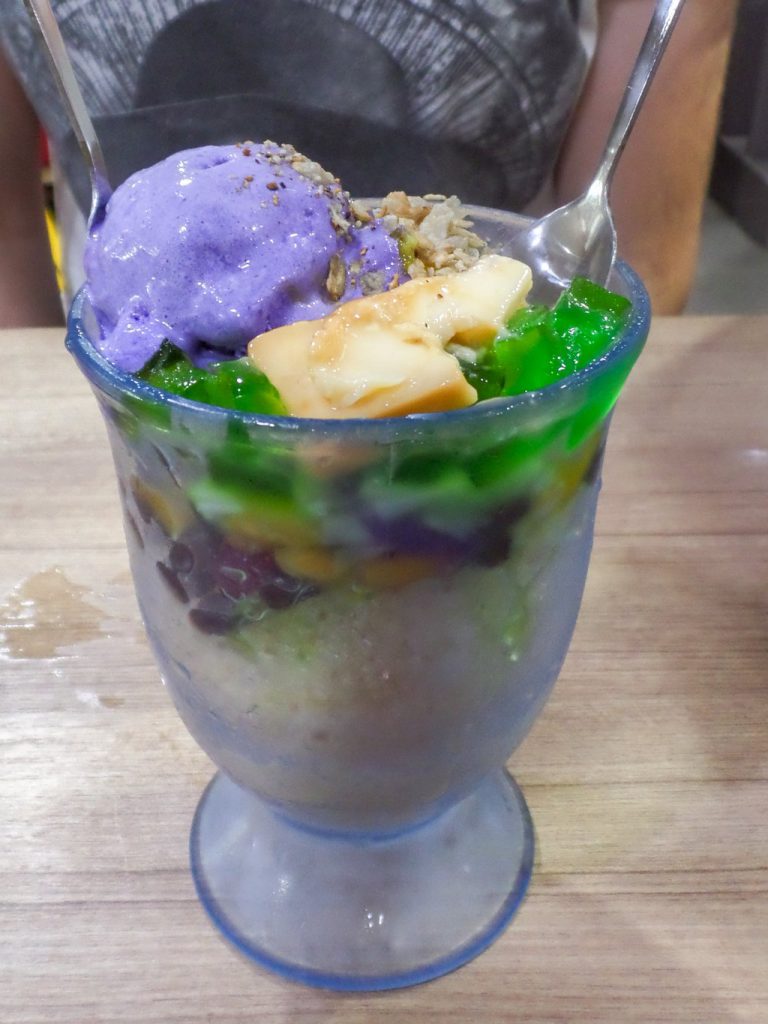
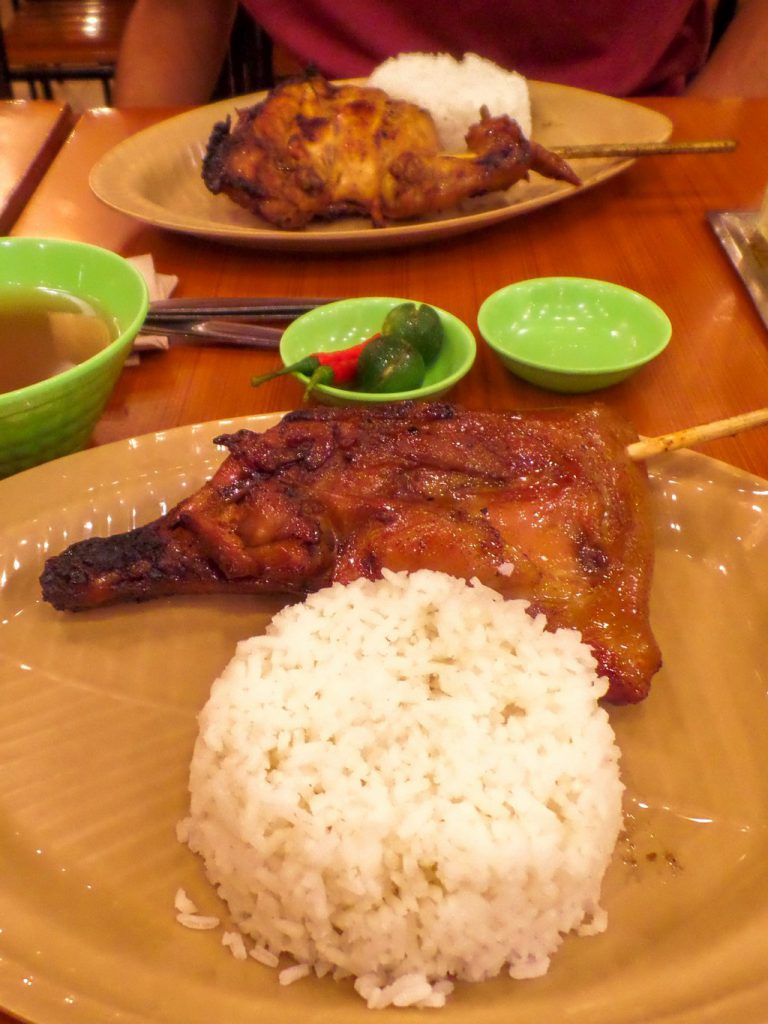
what do you think?